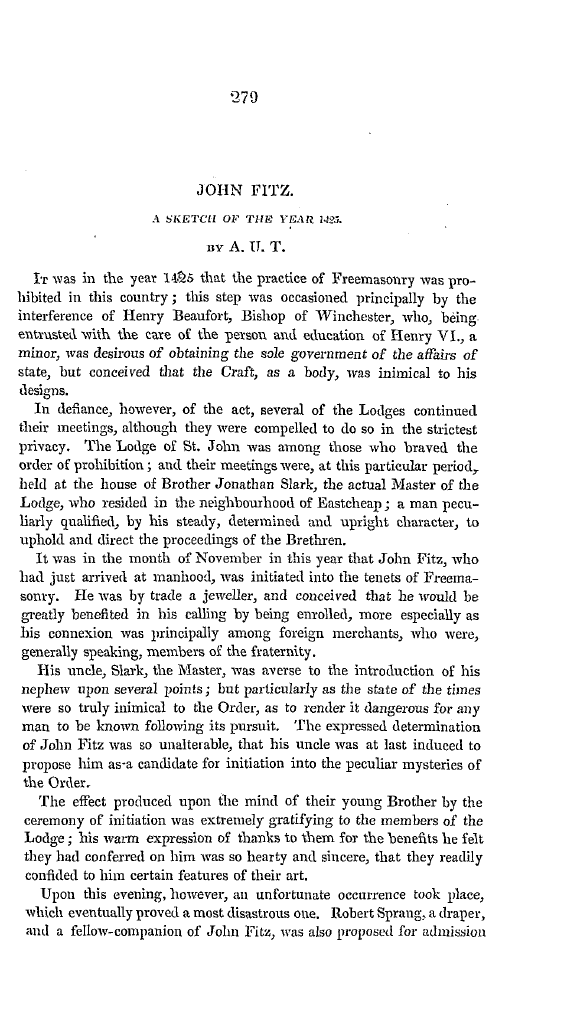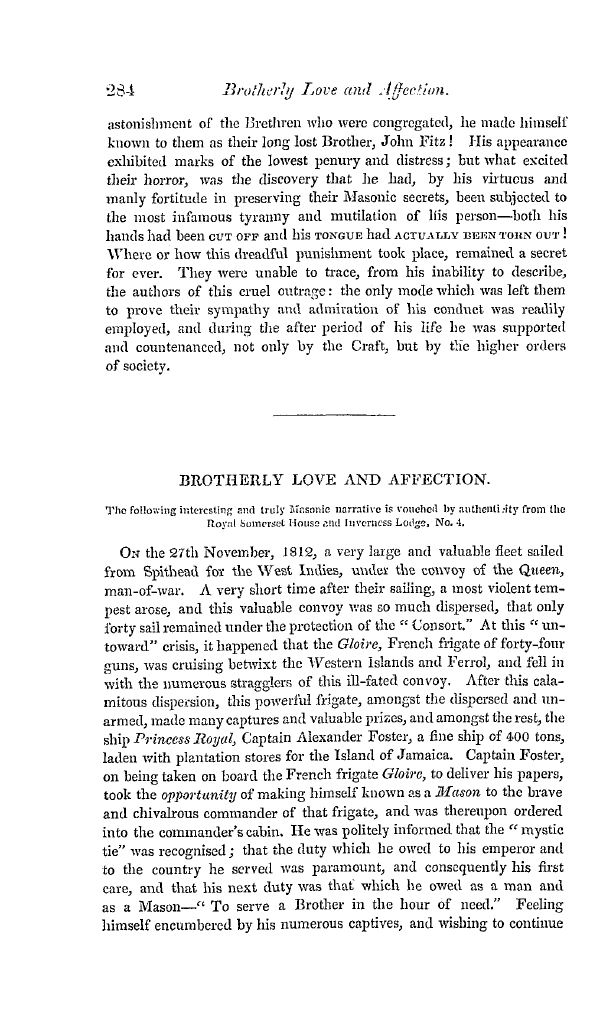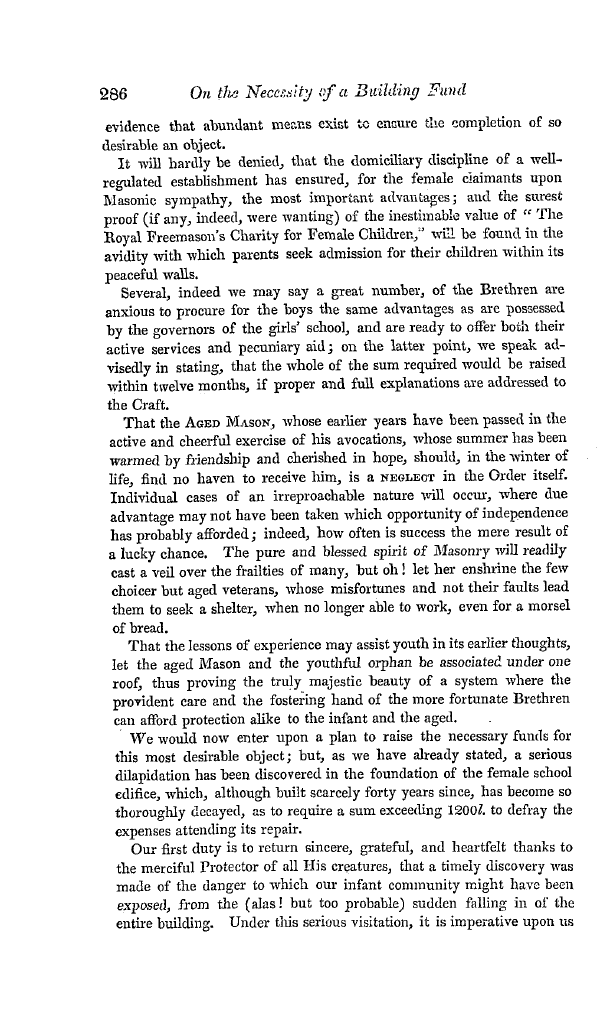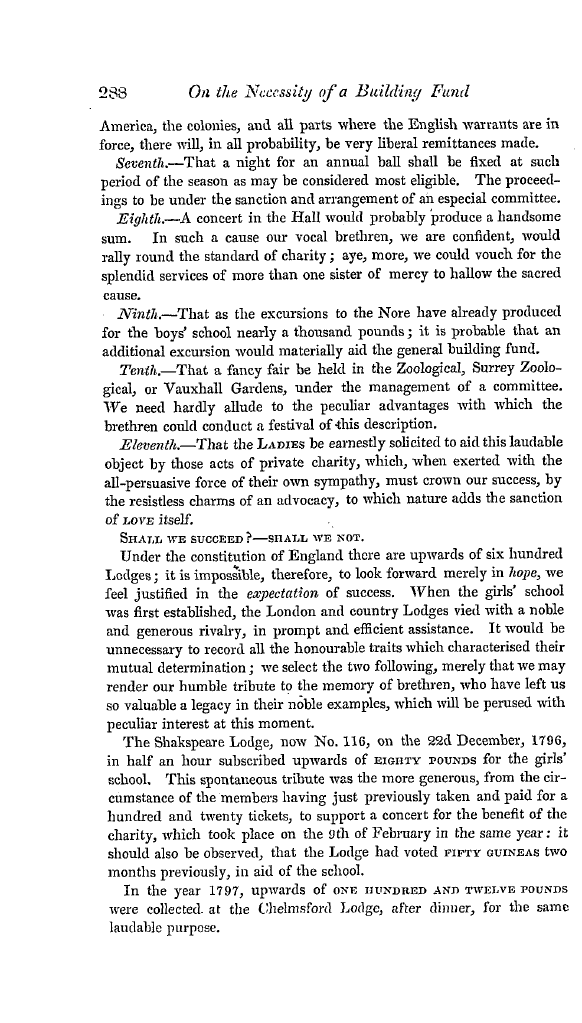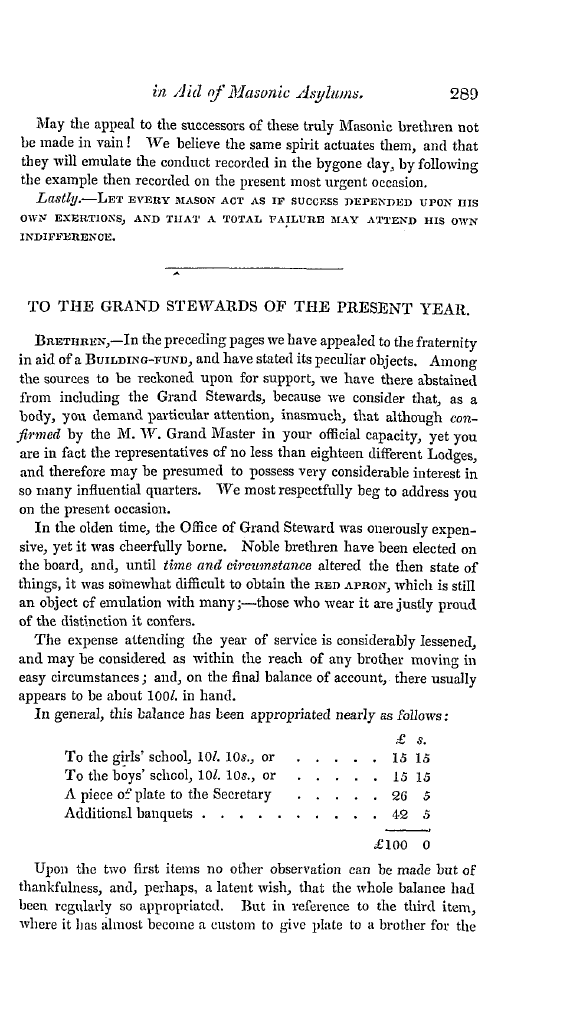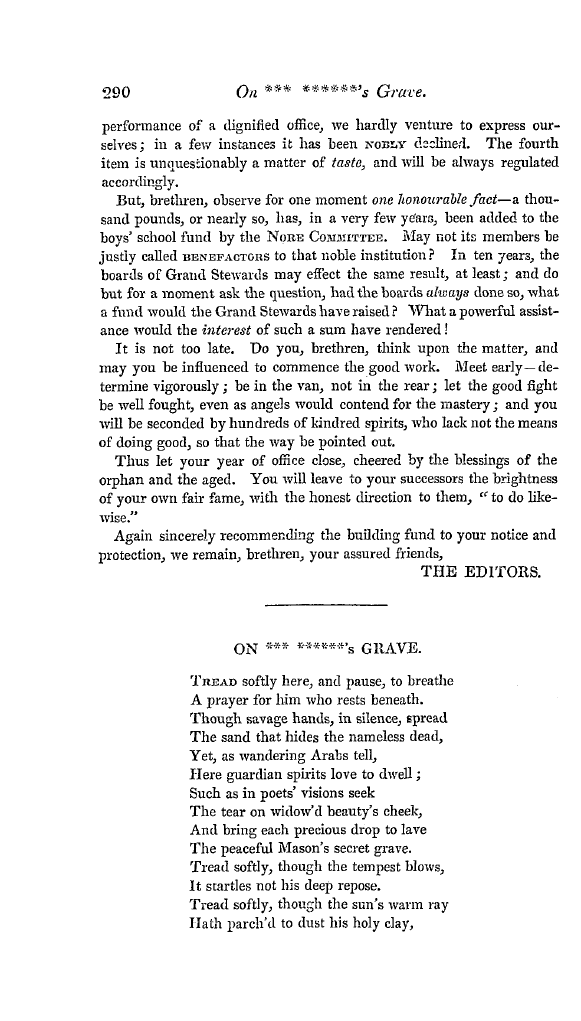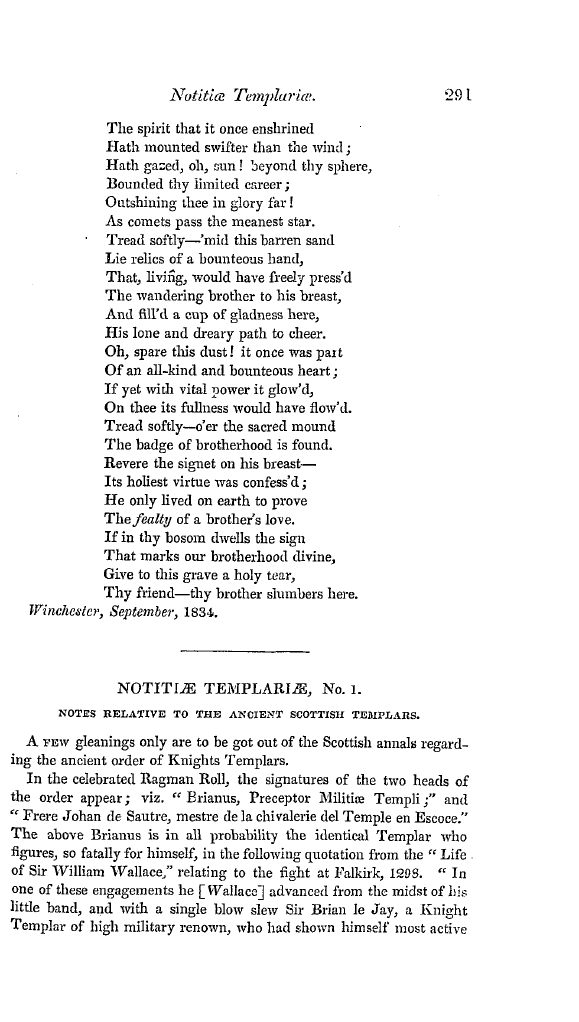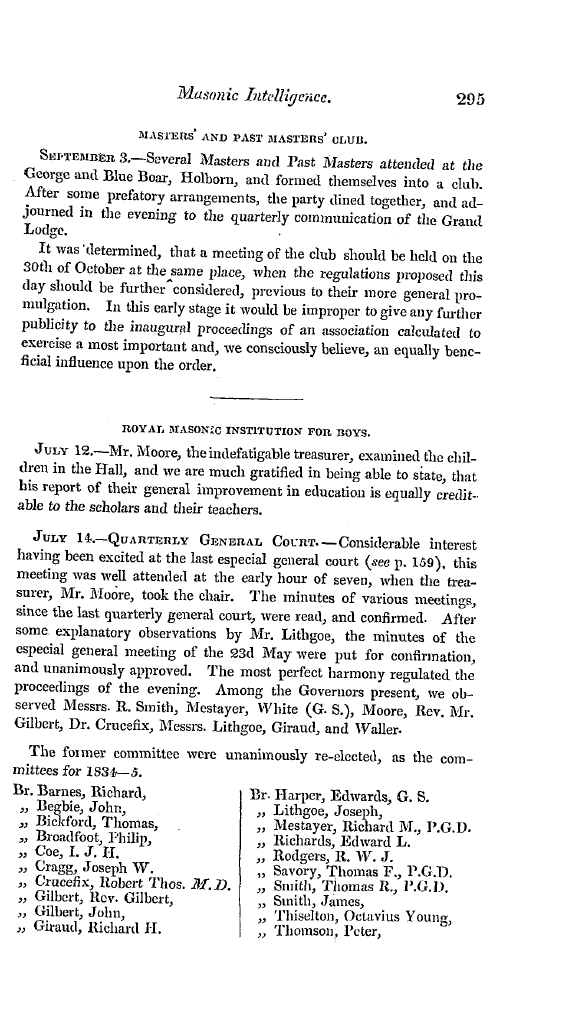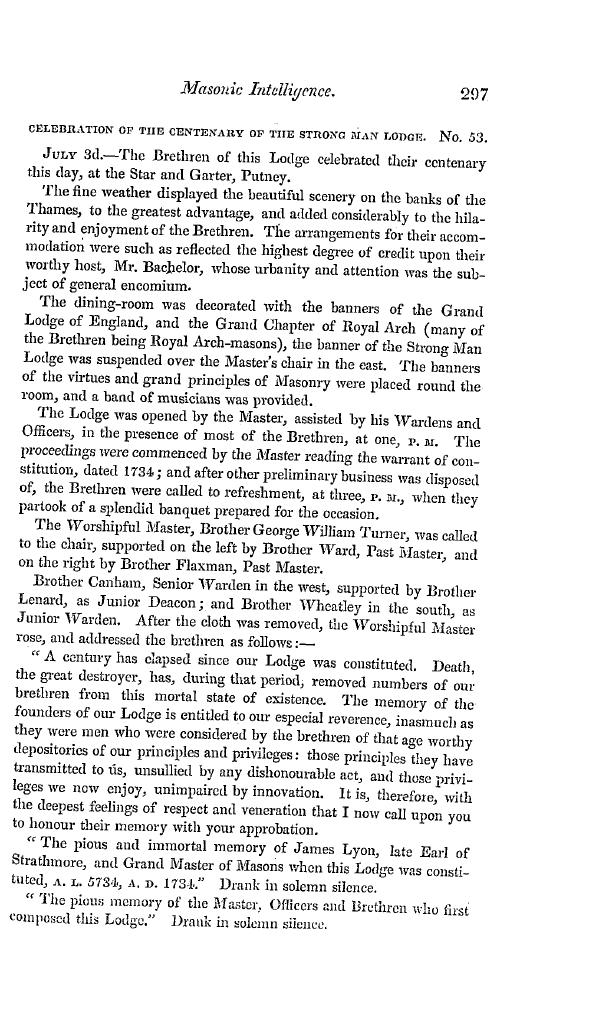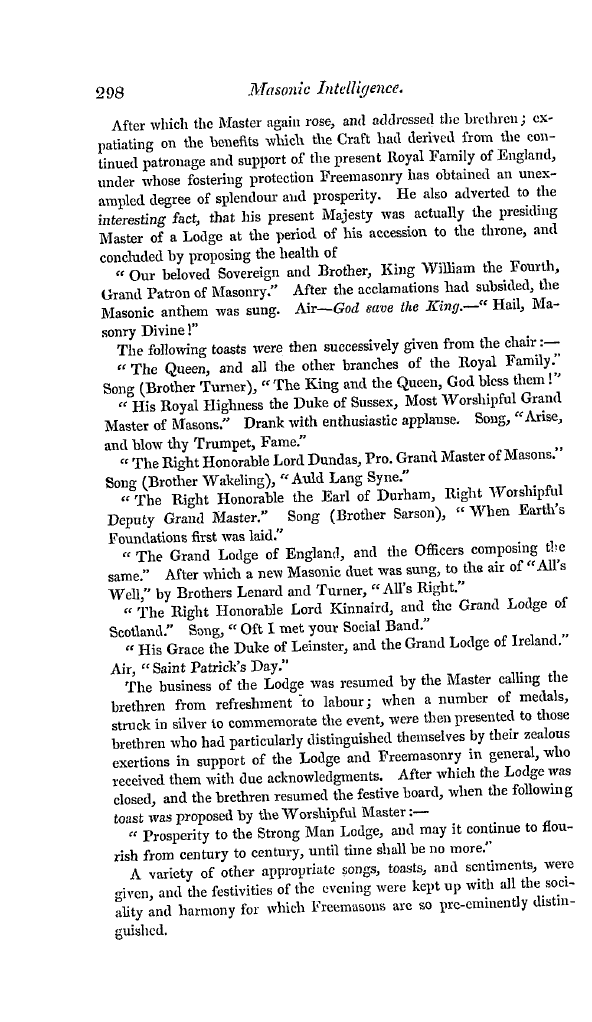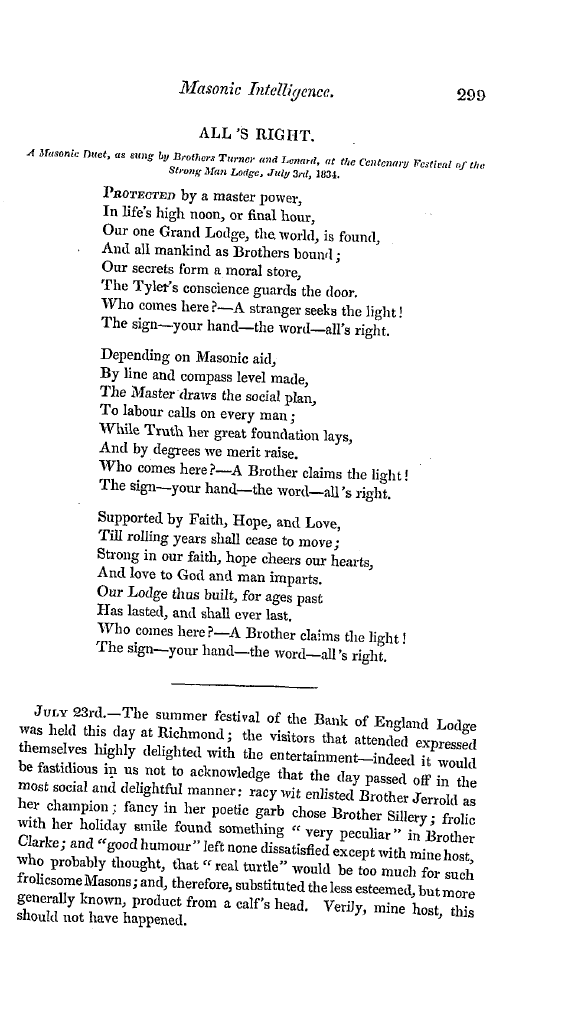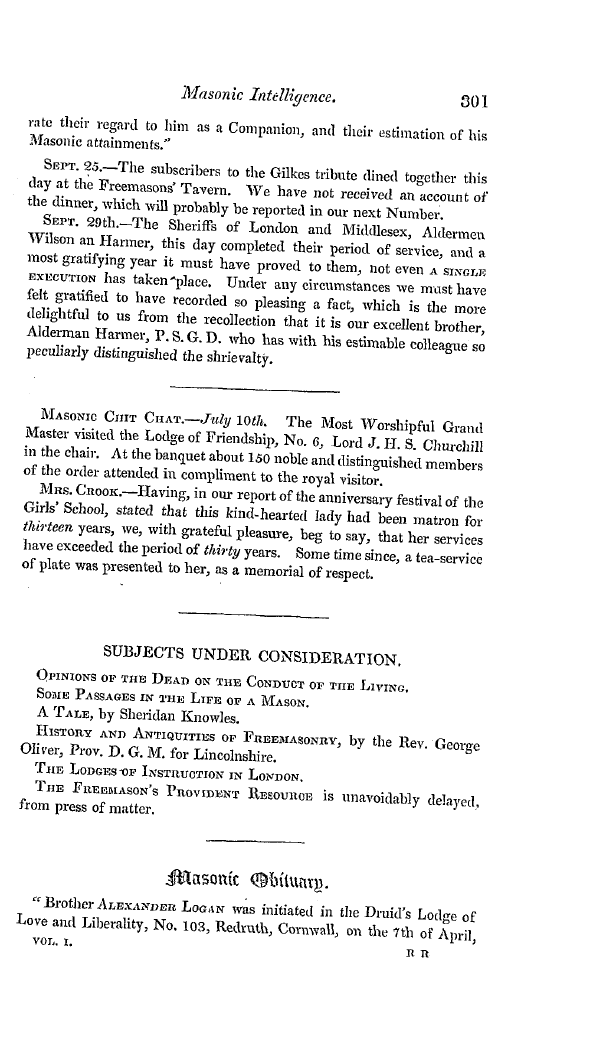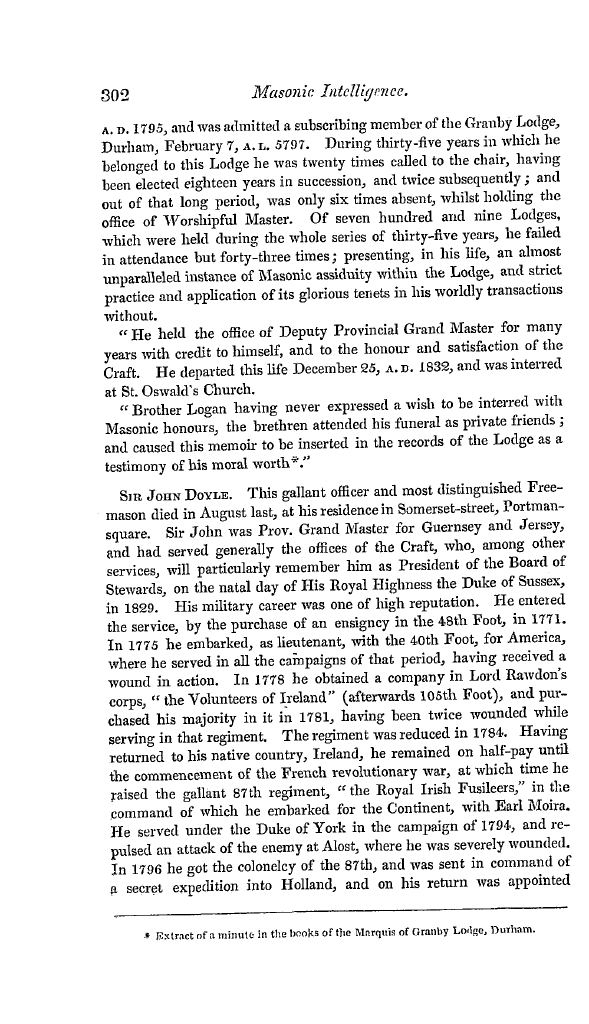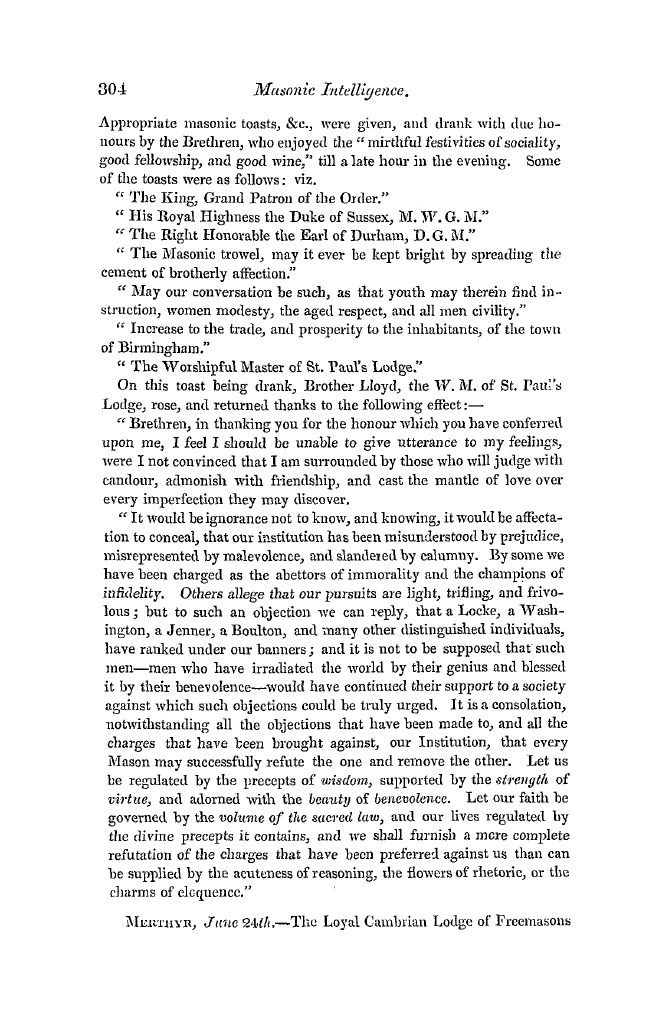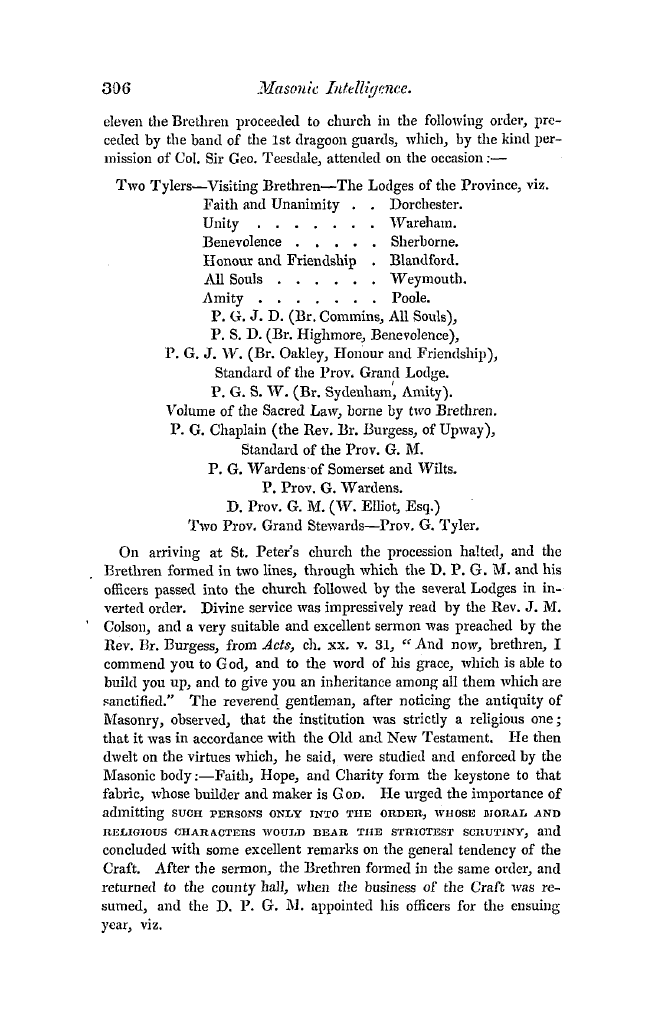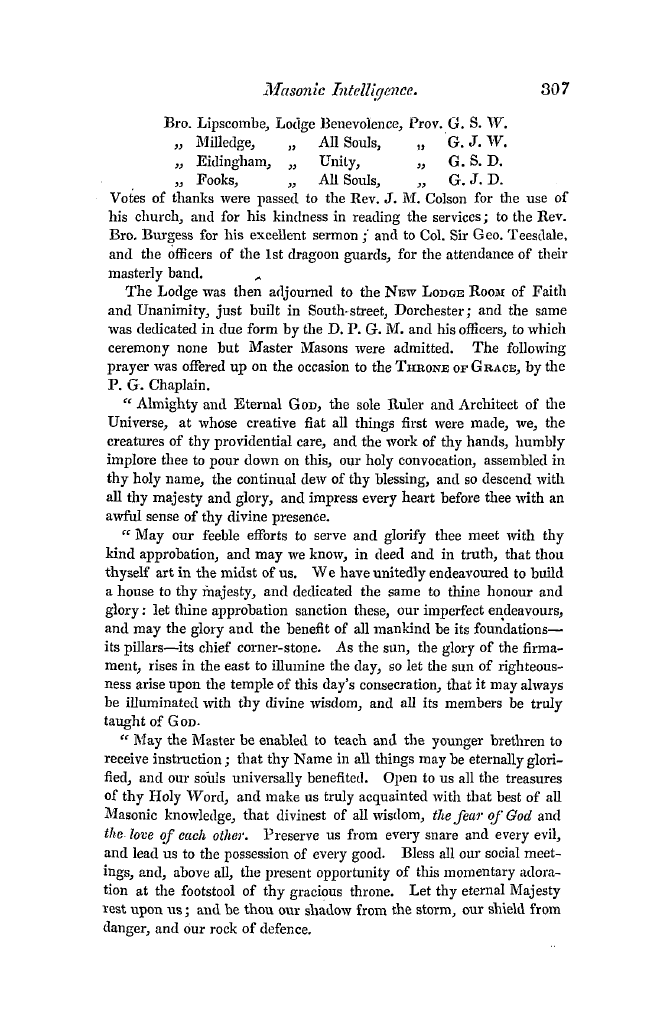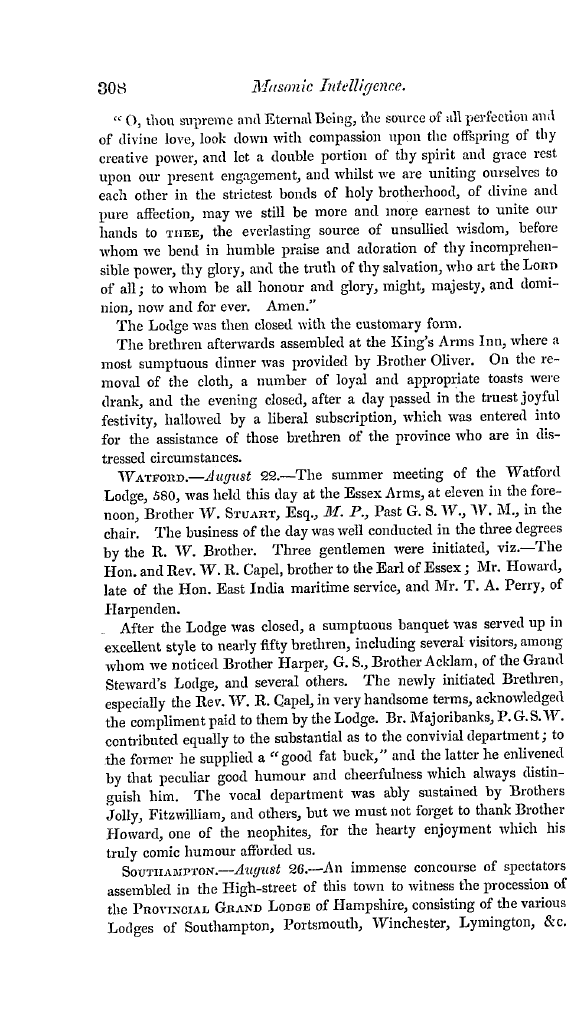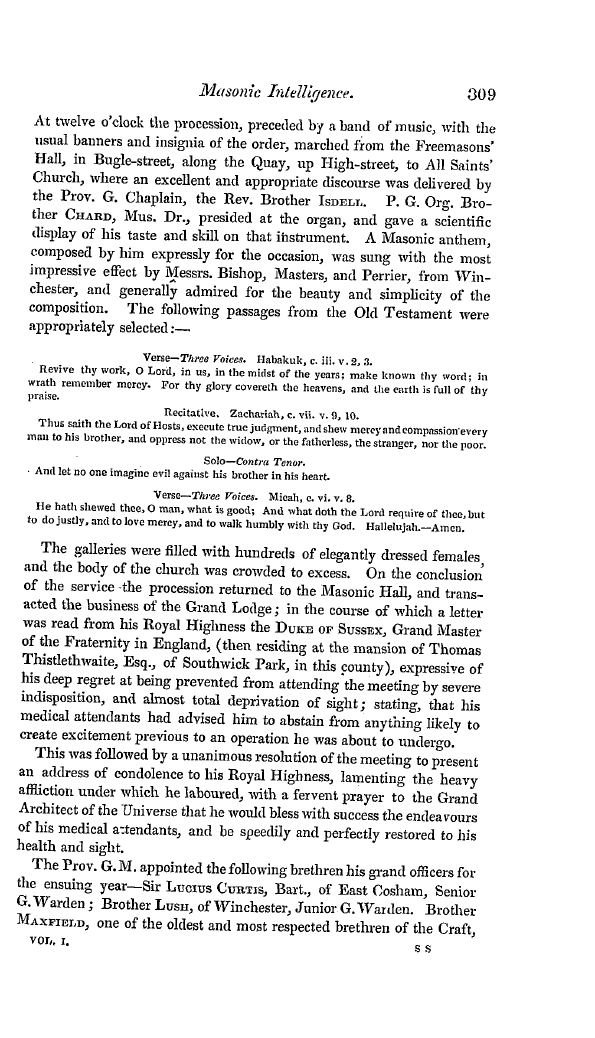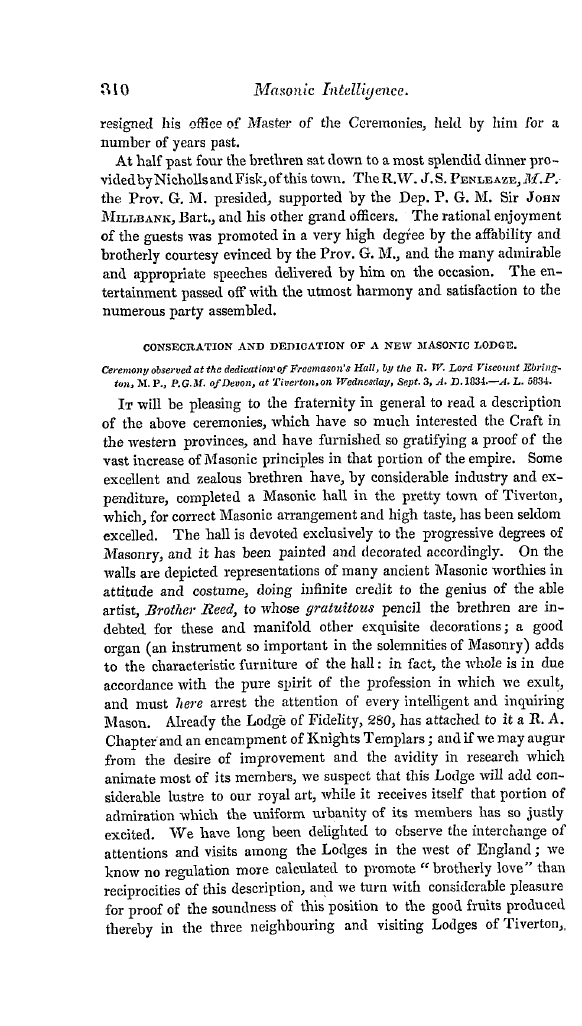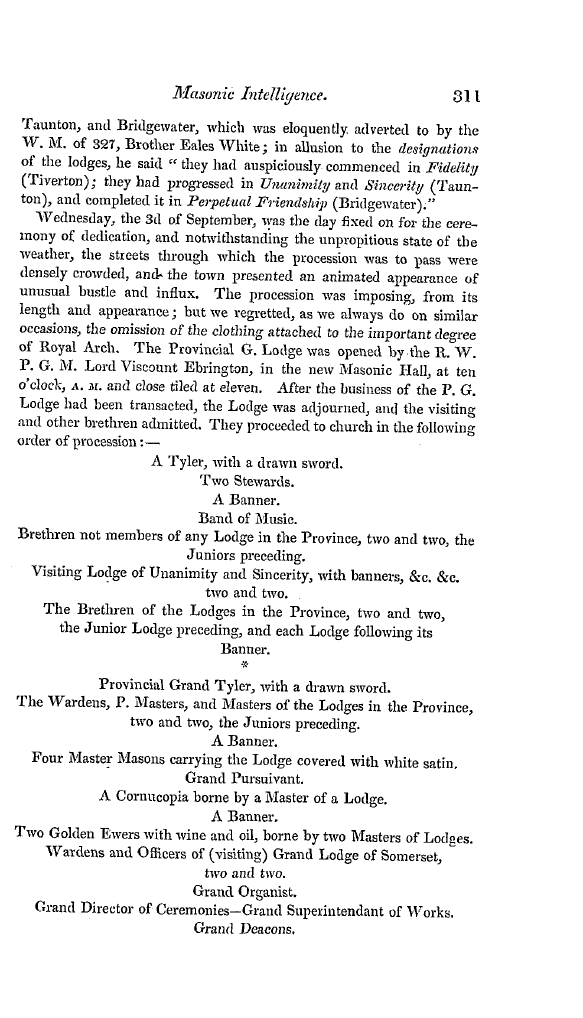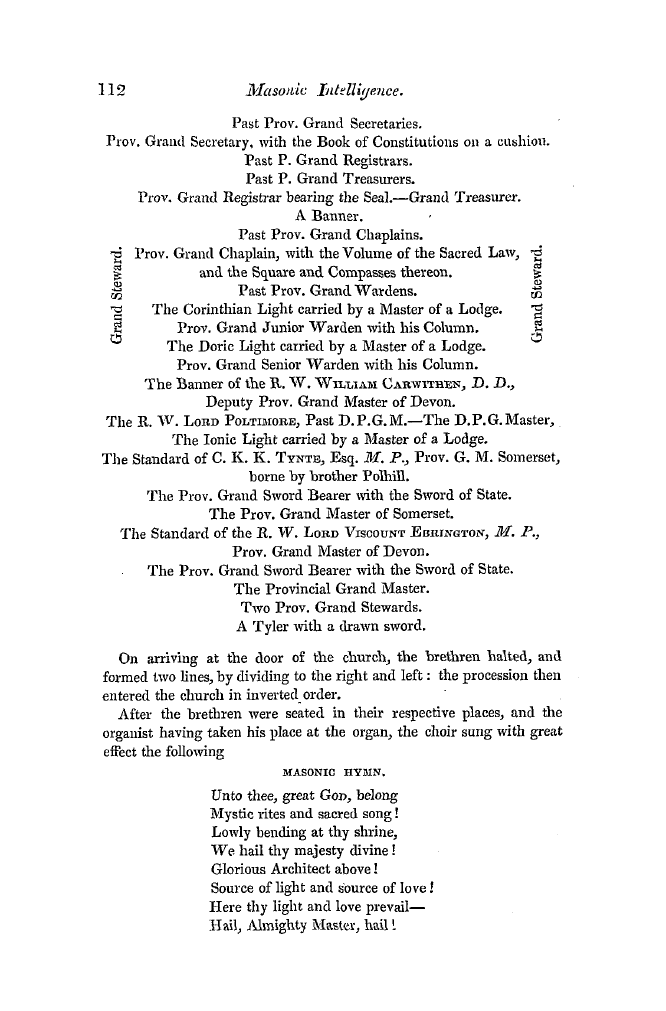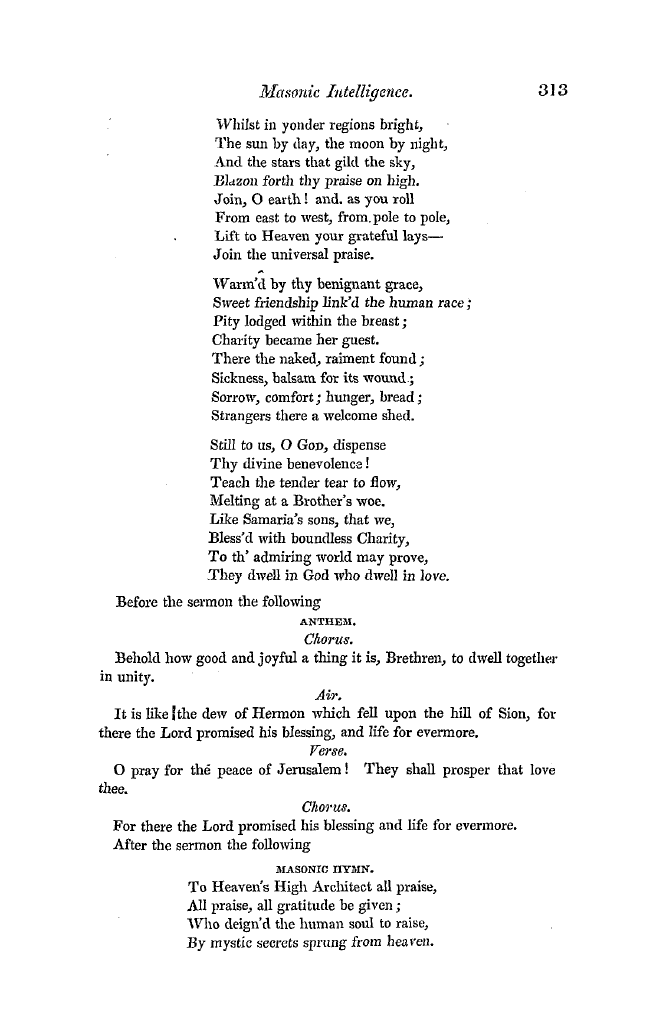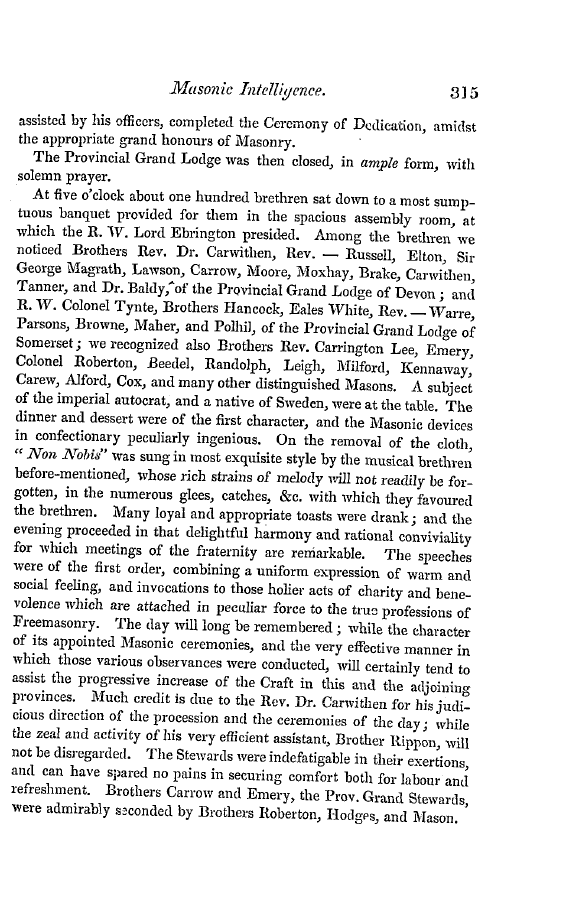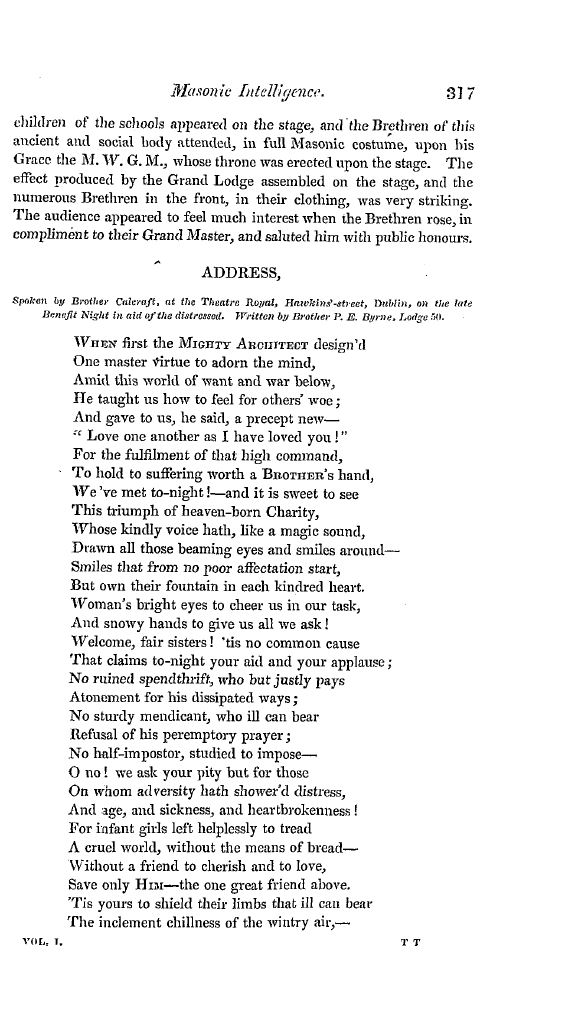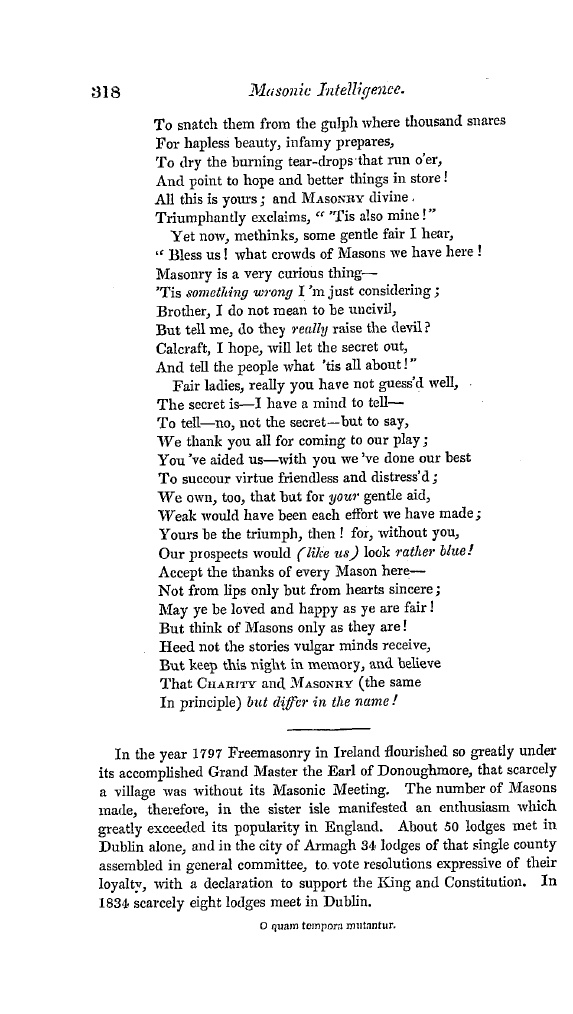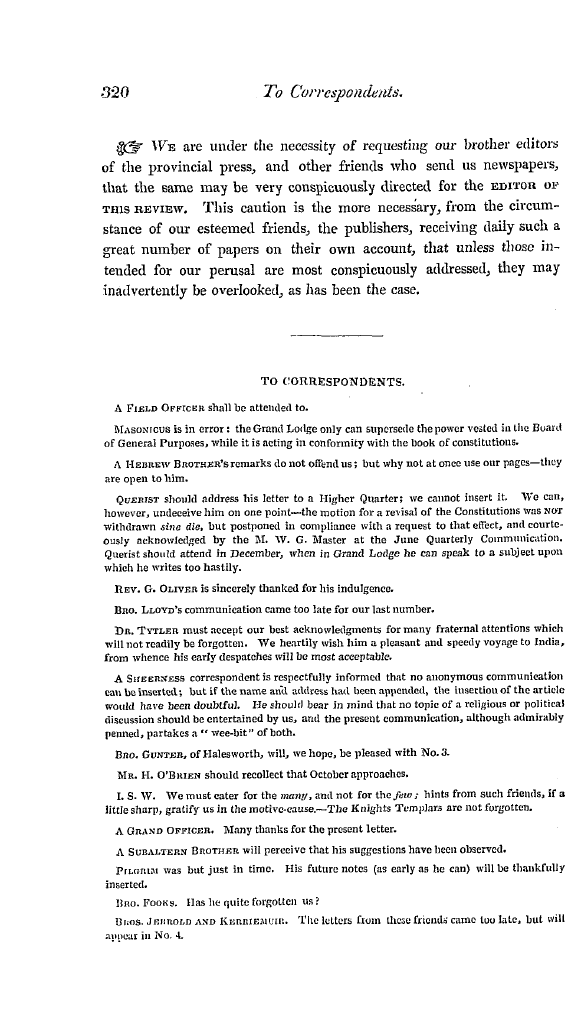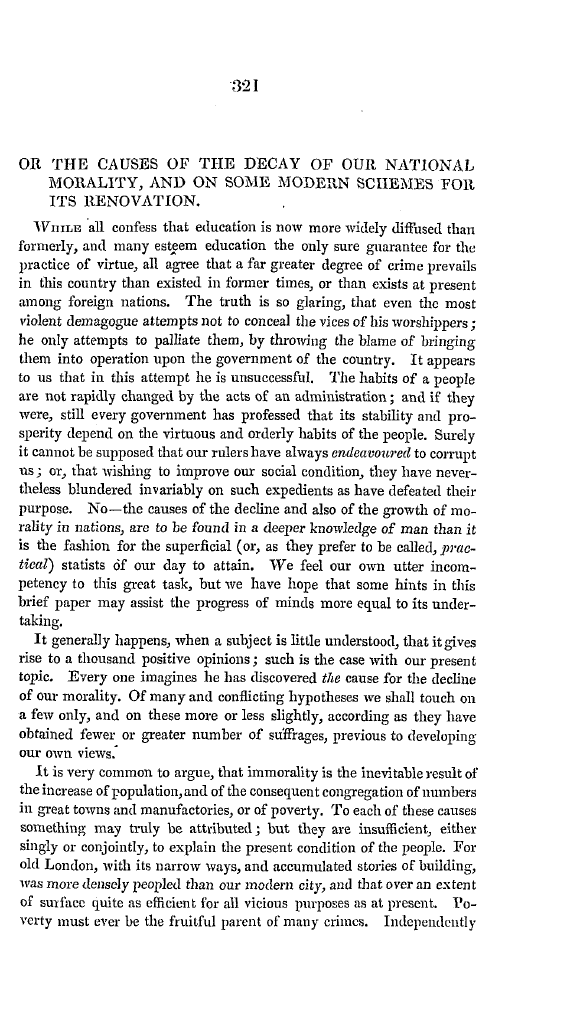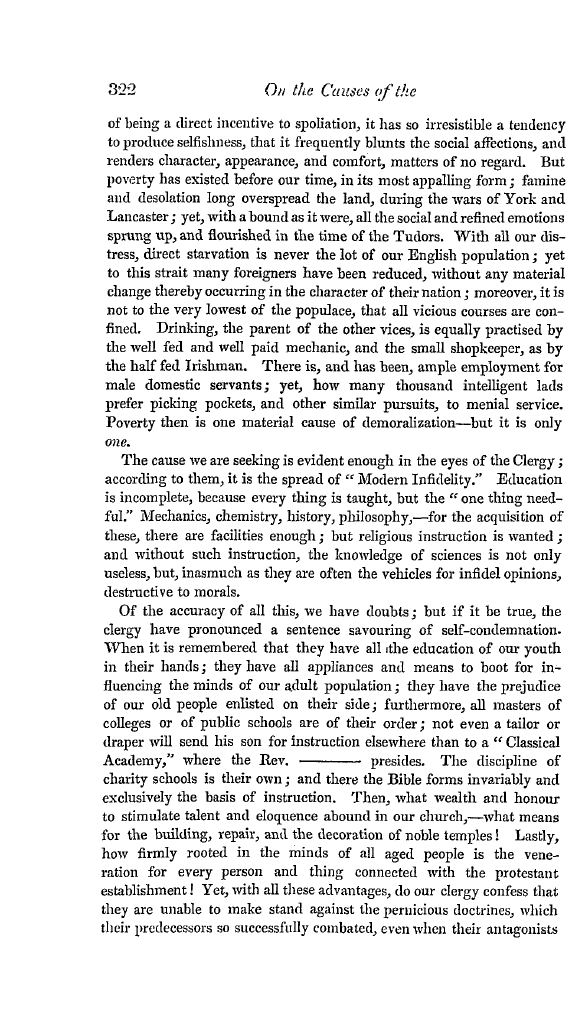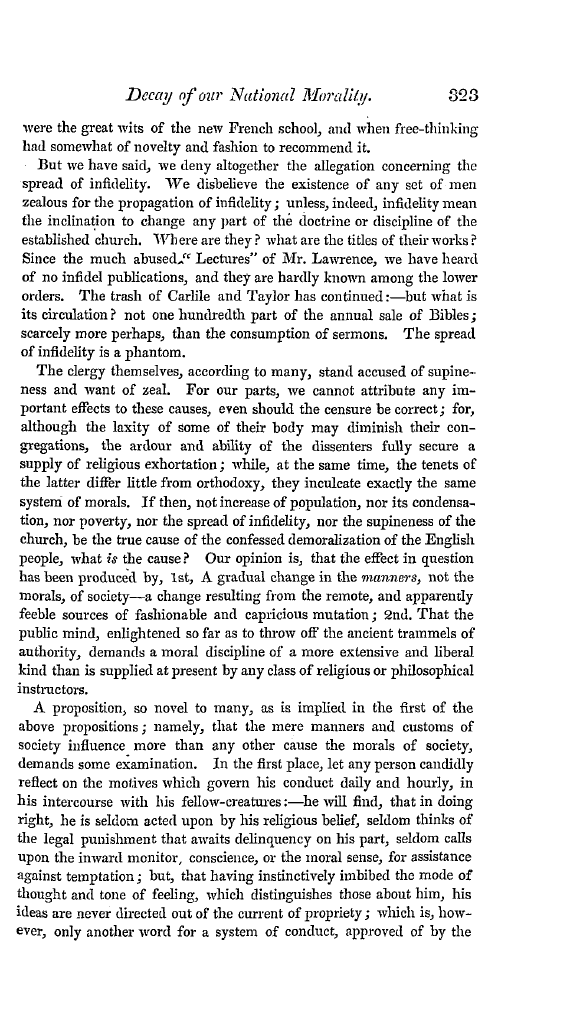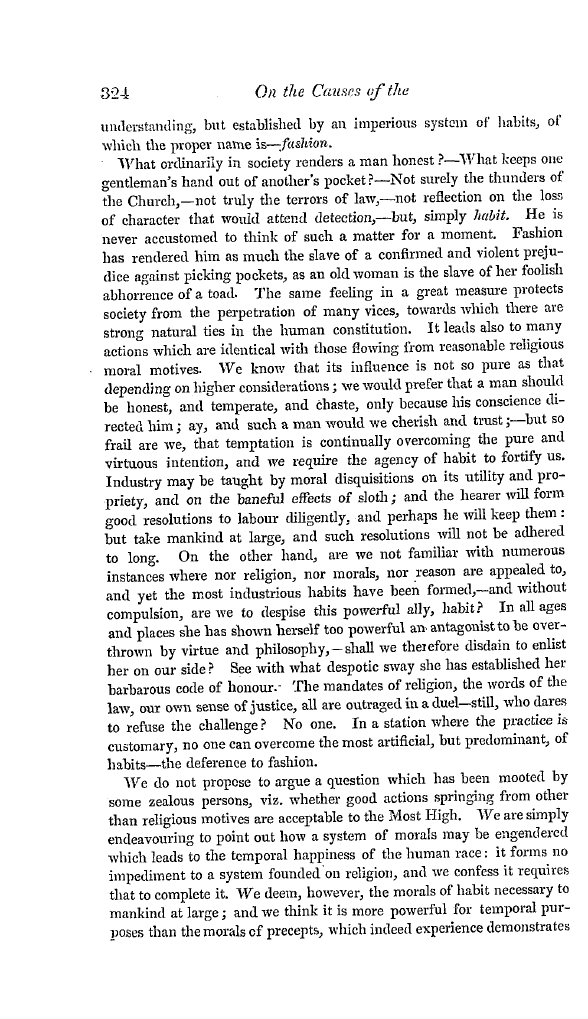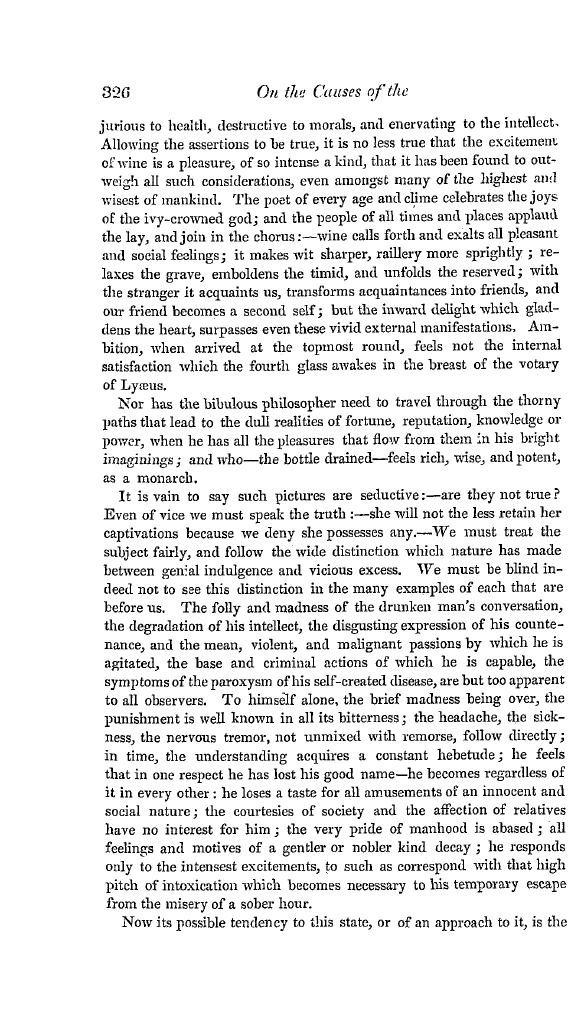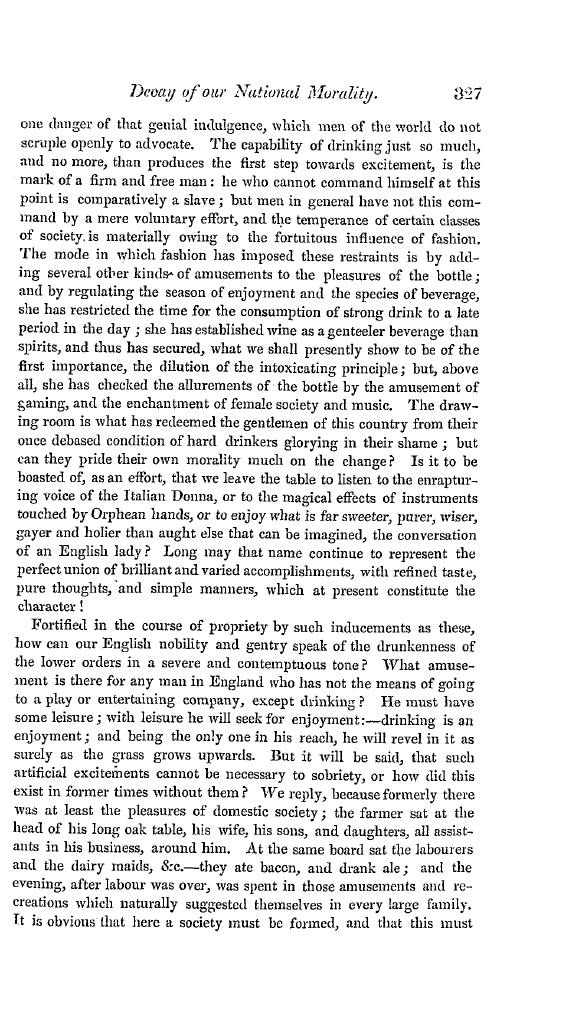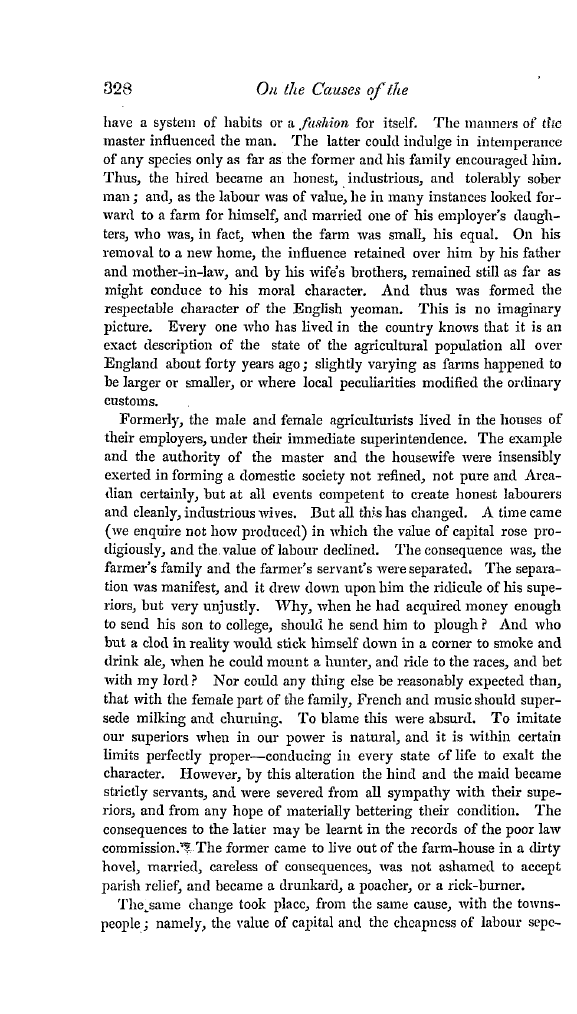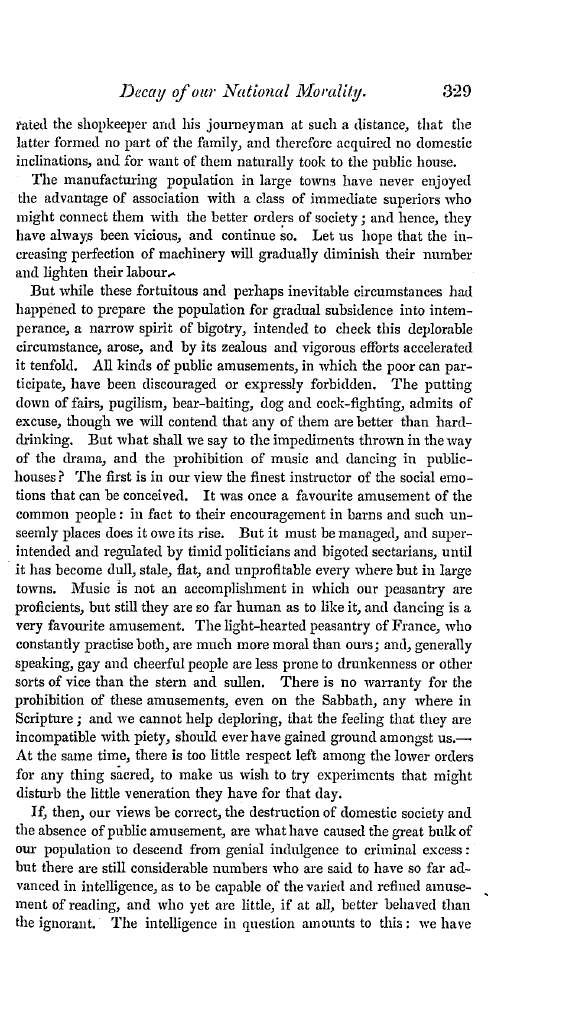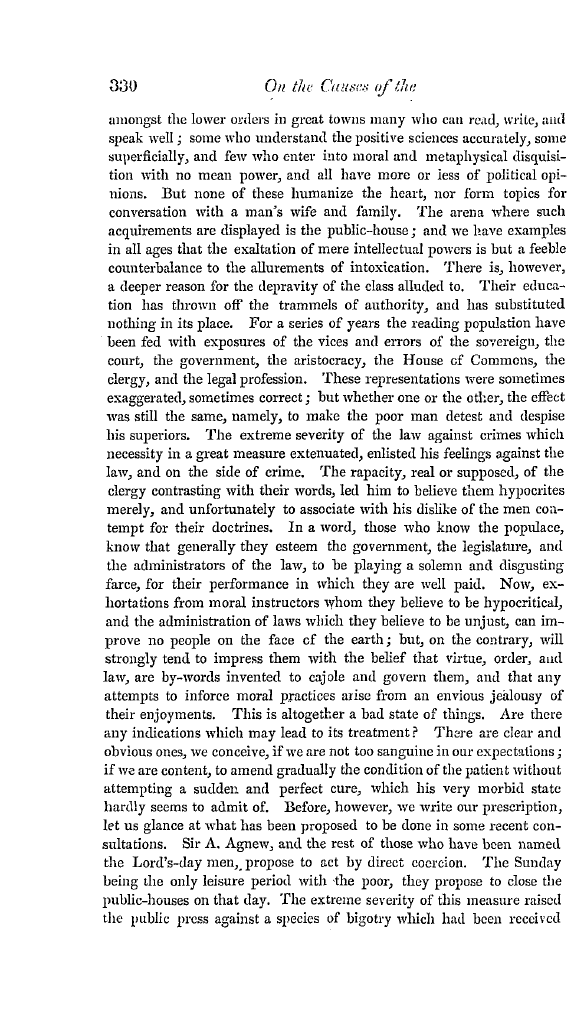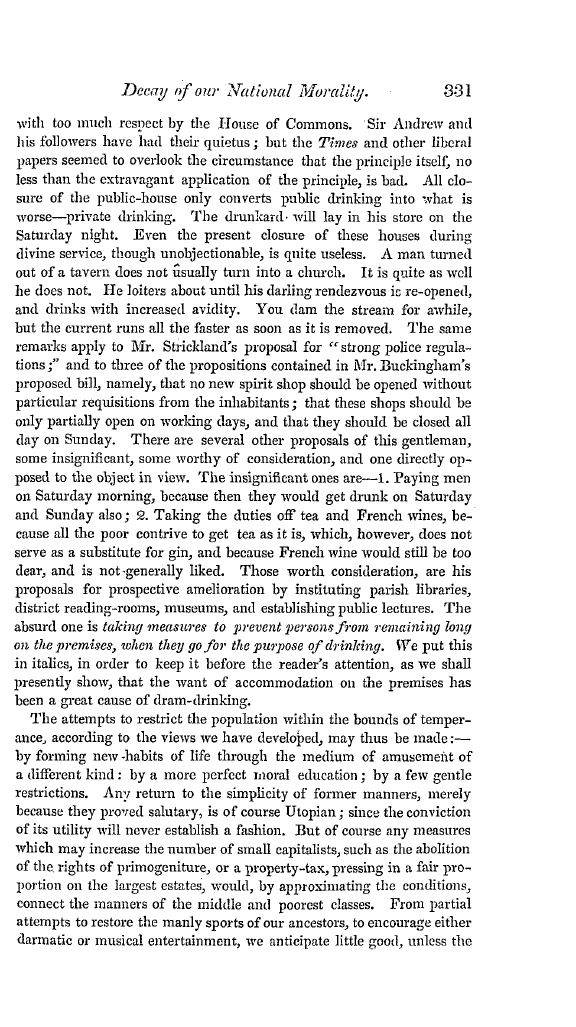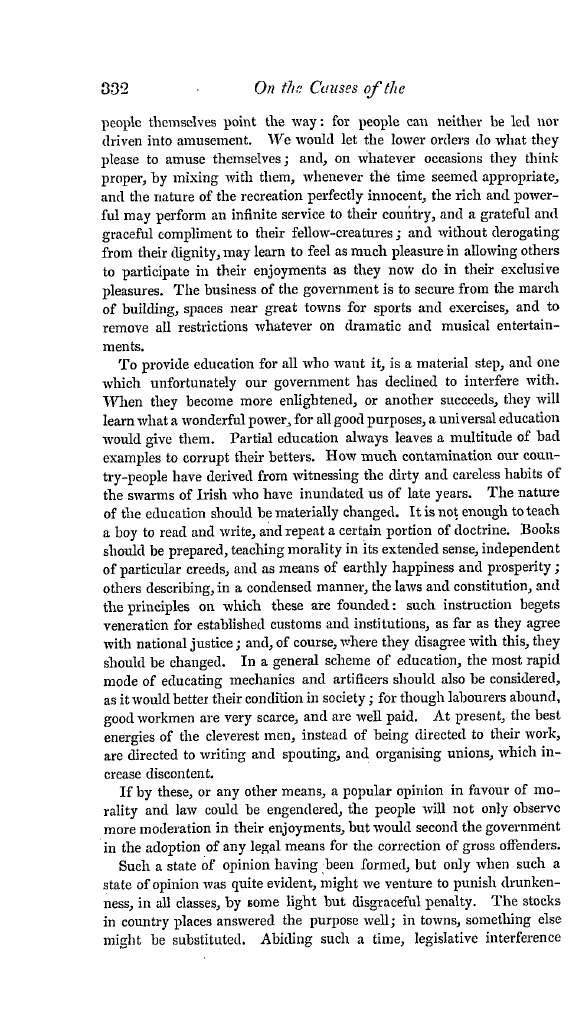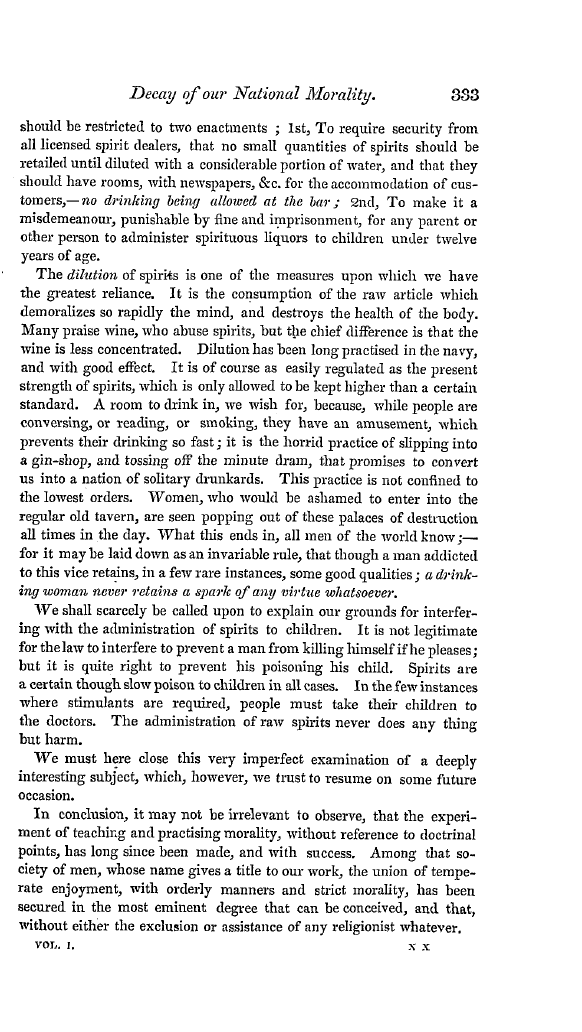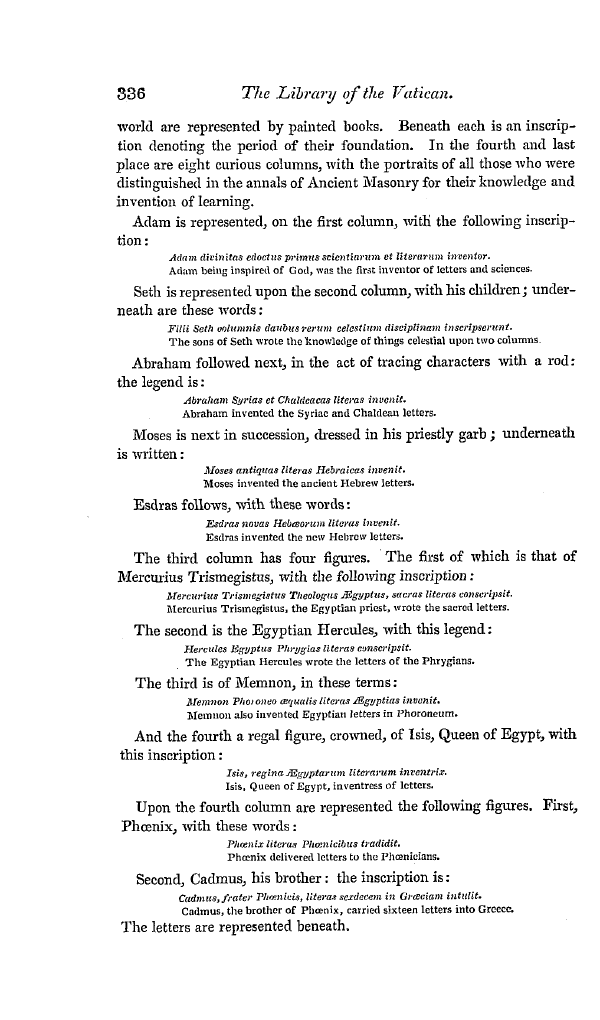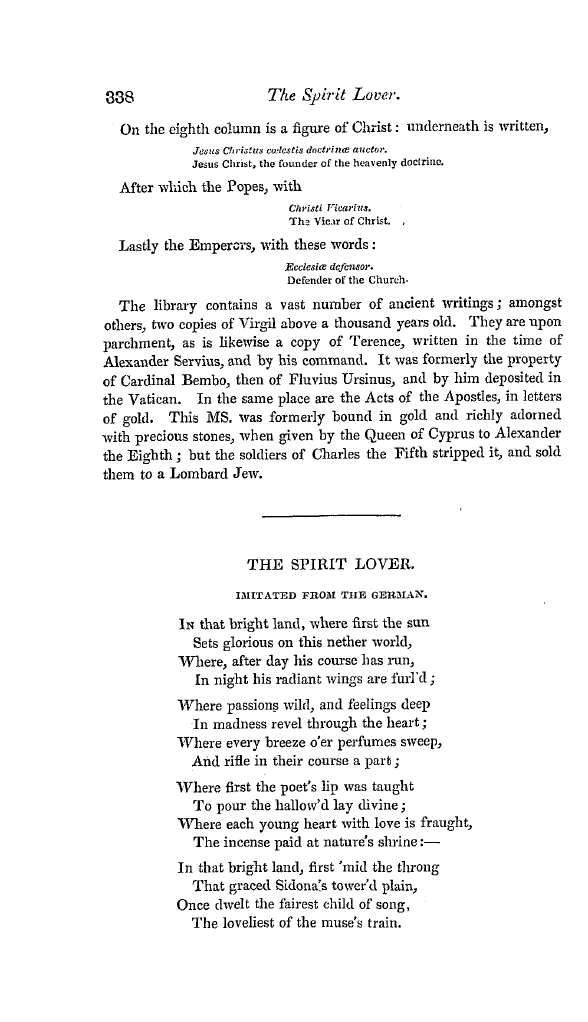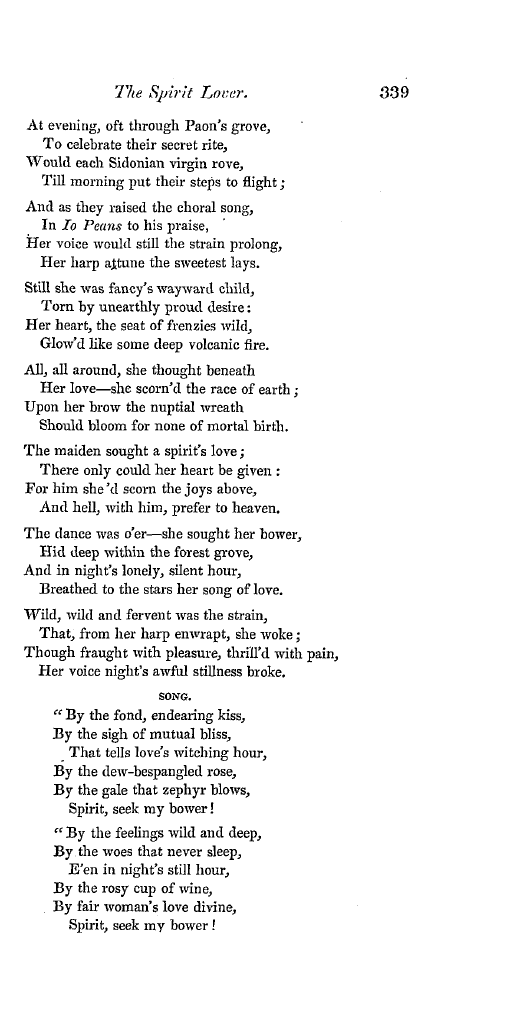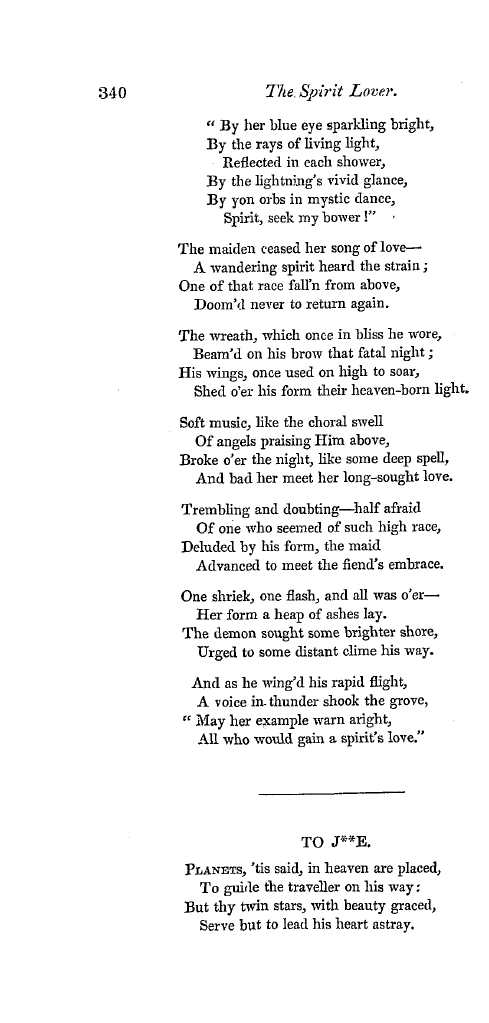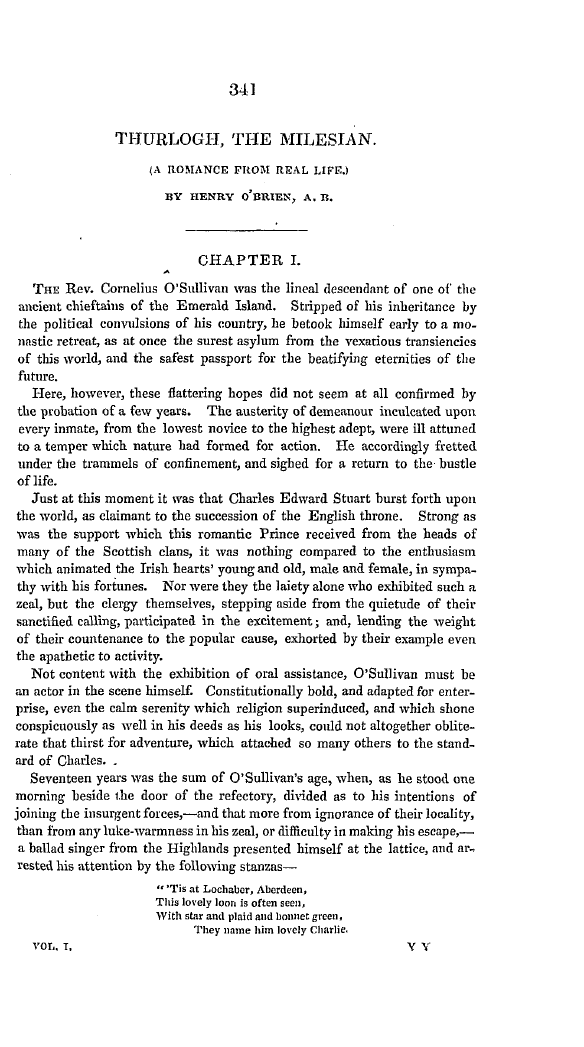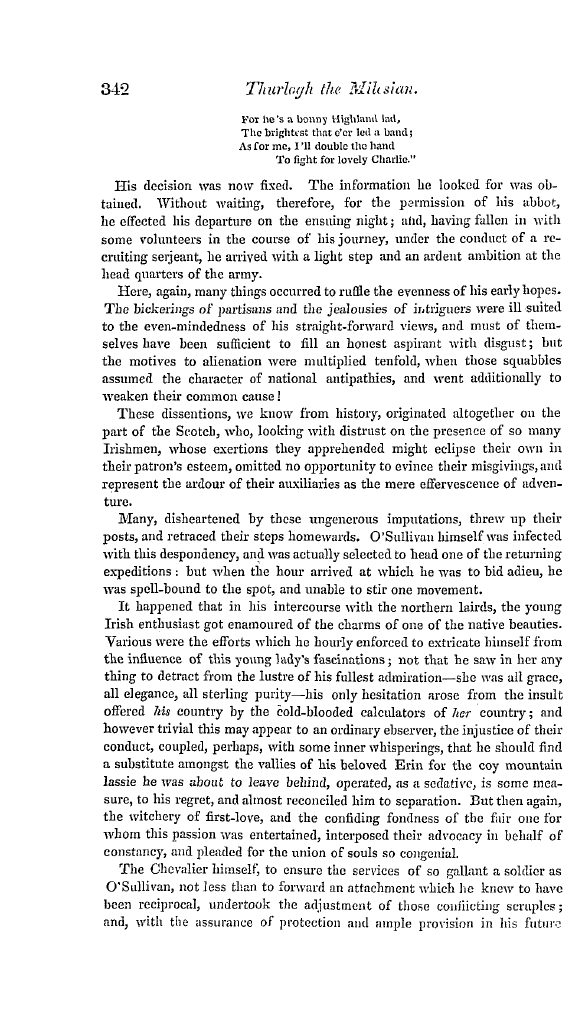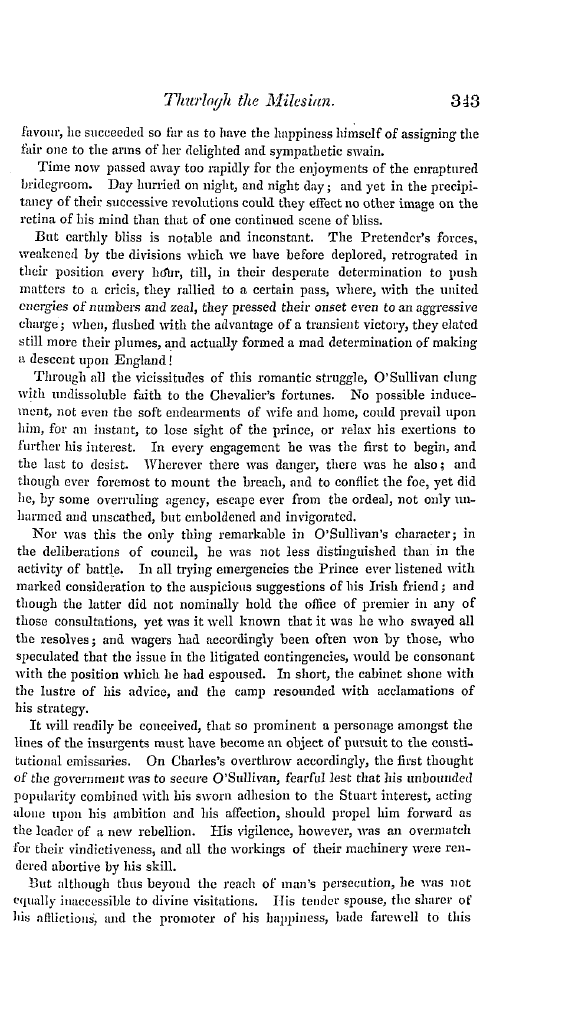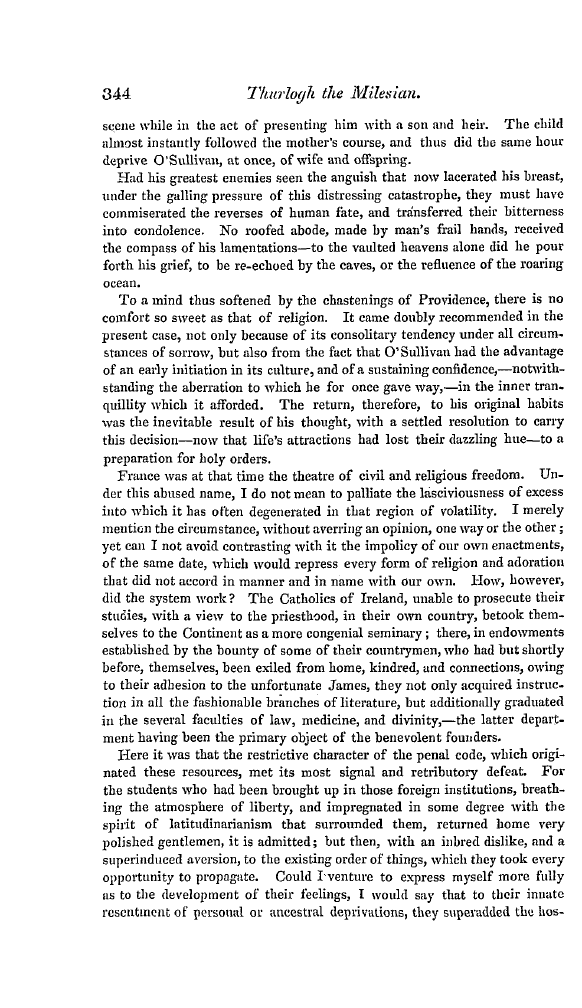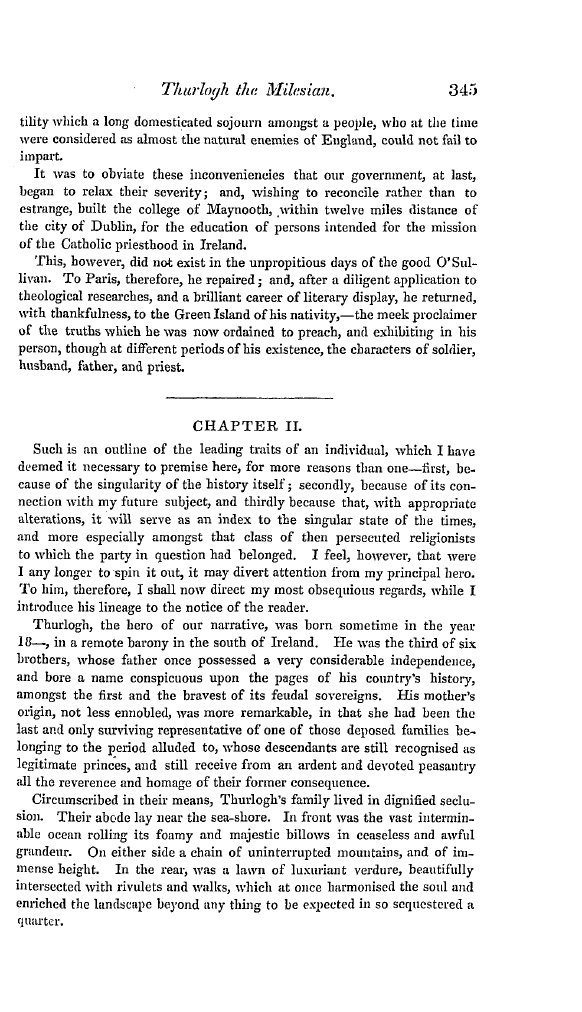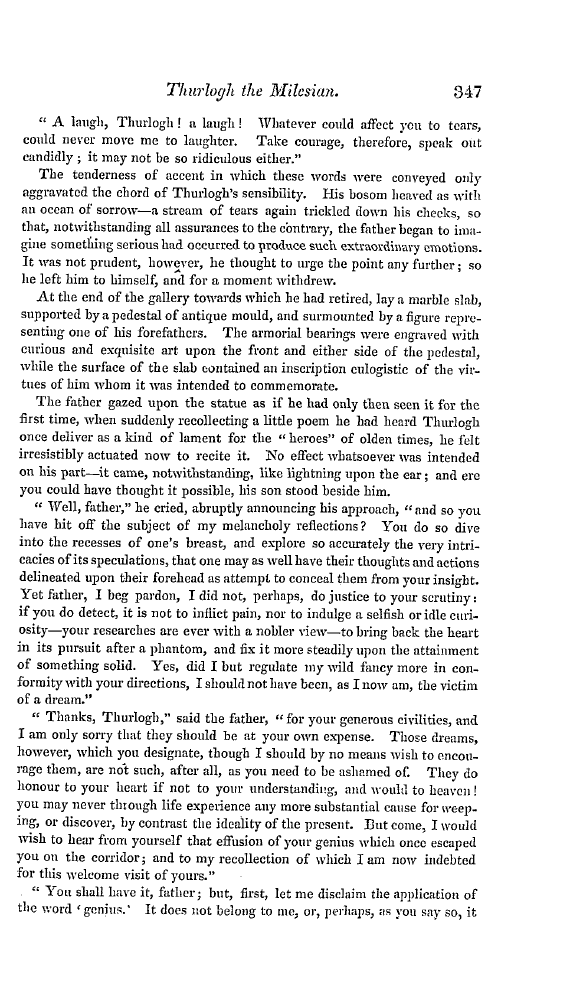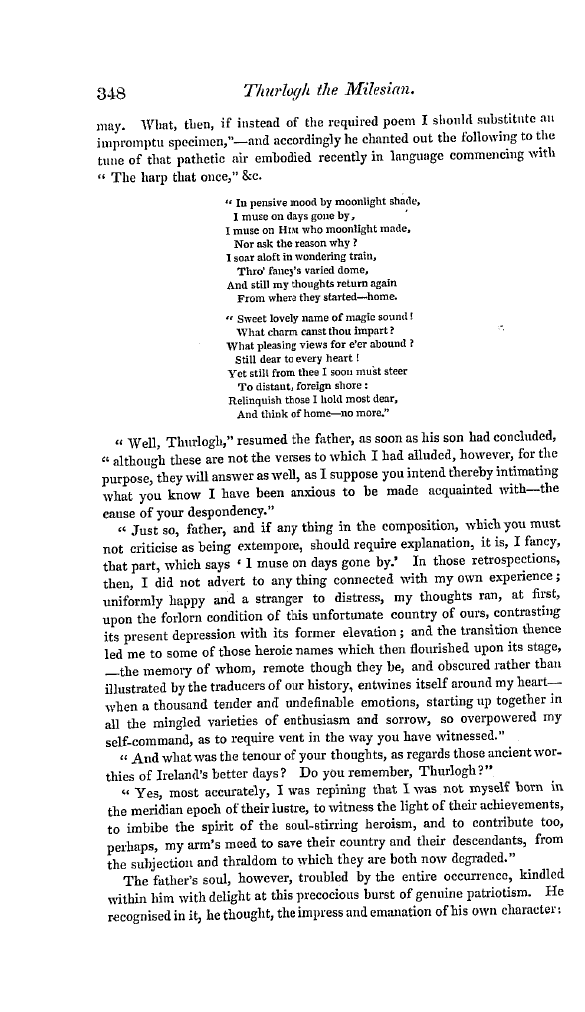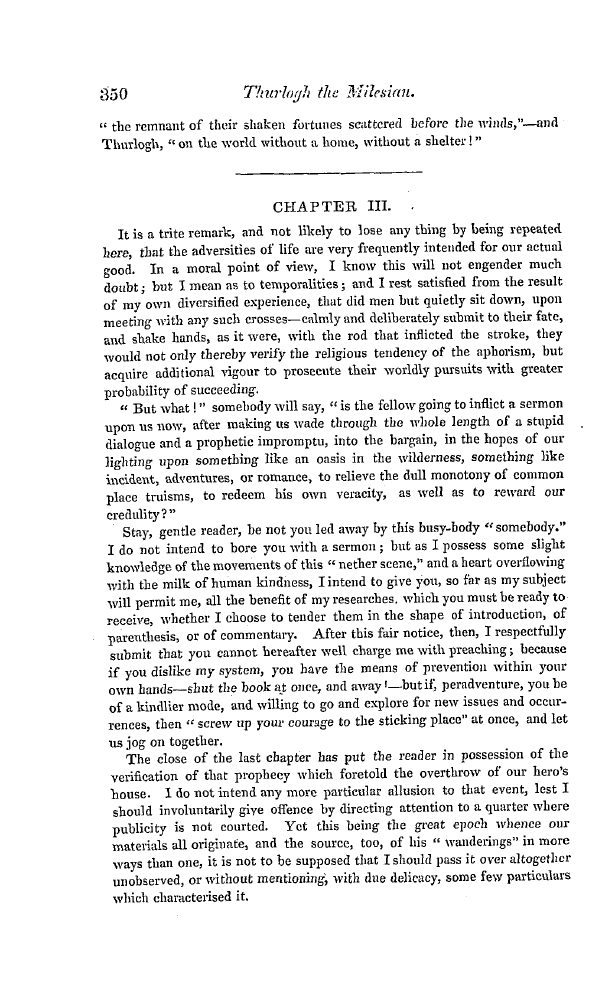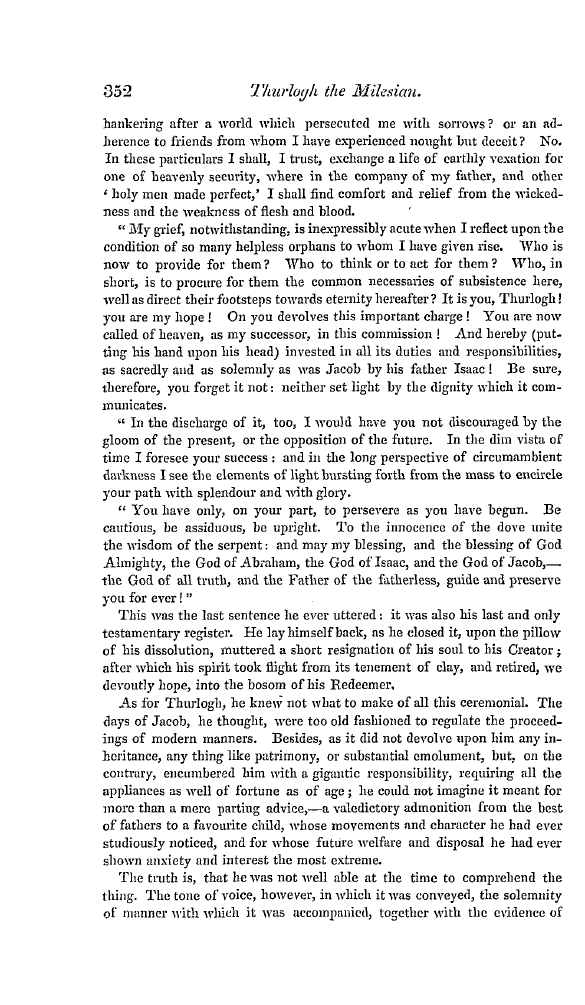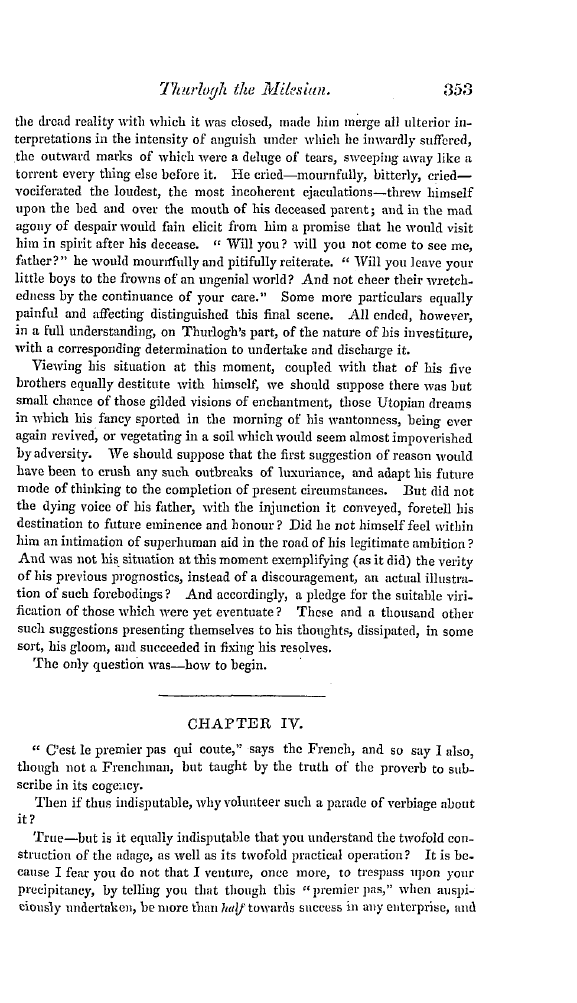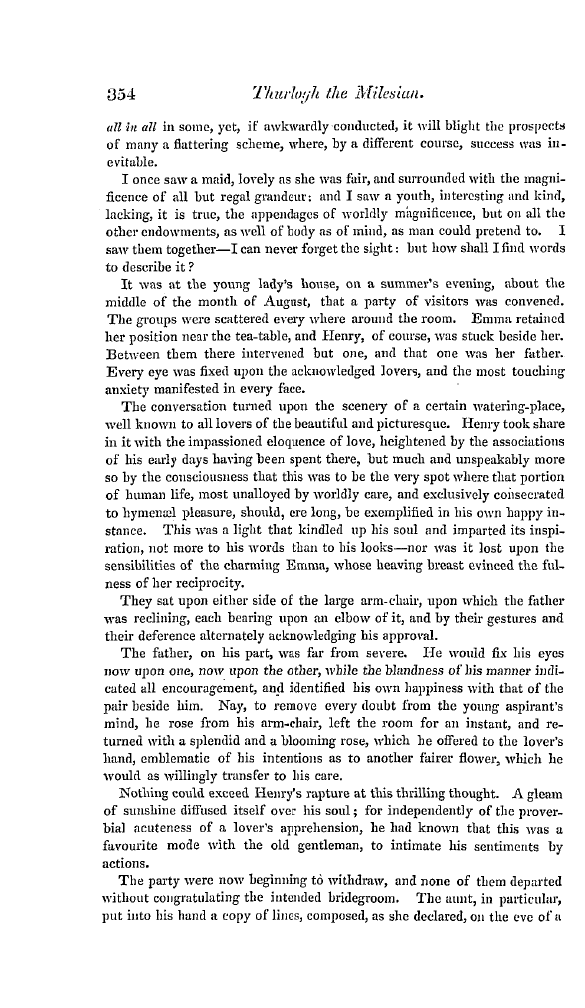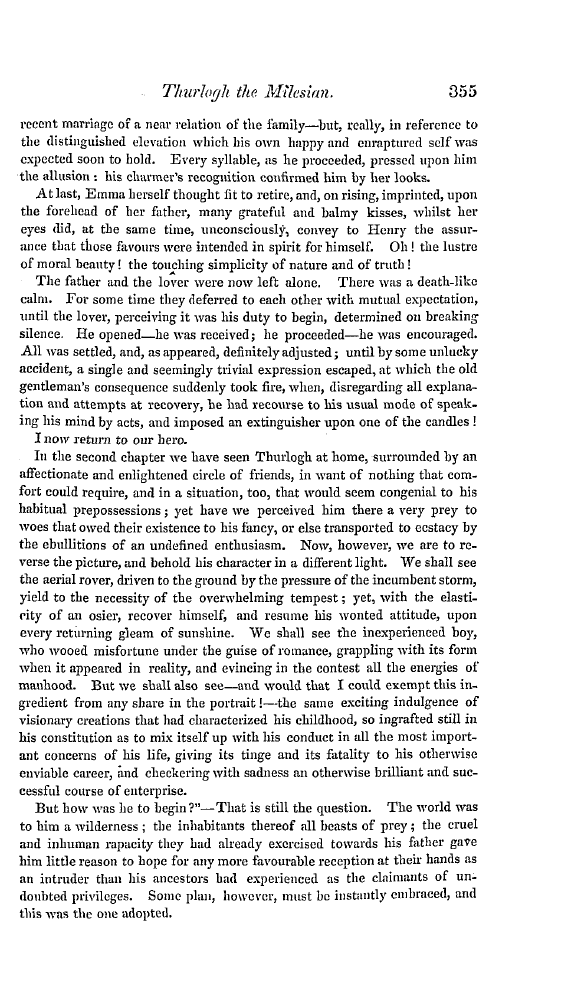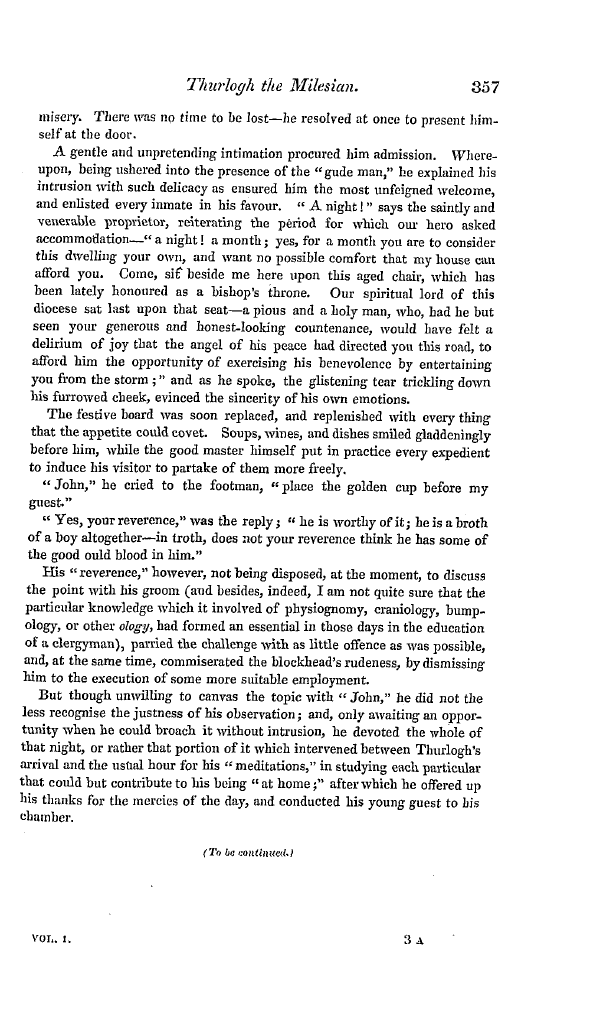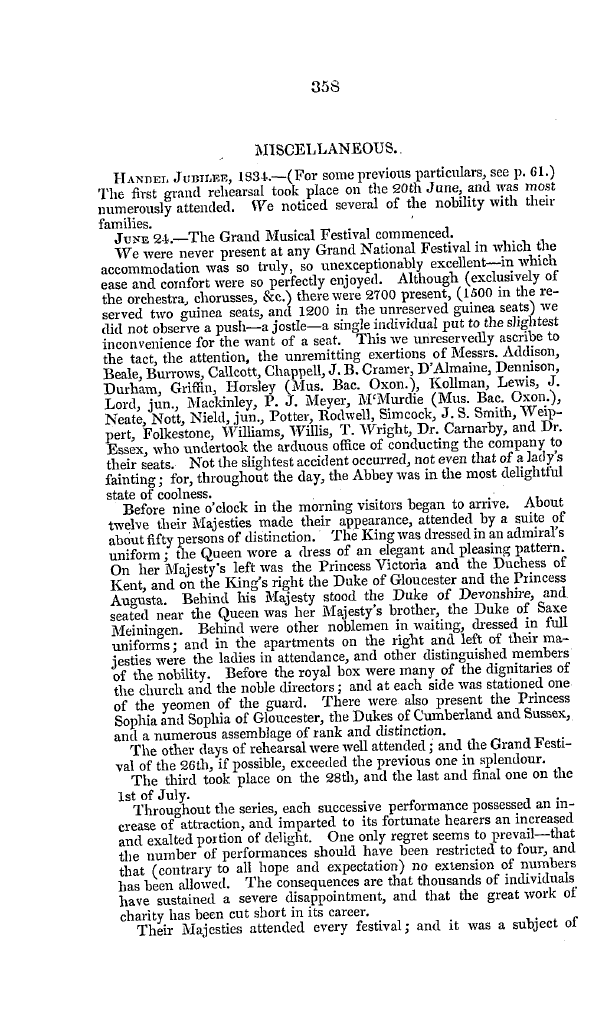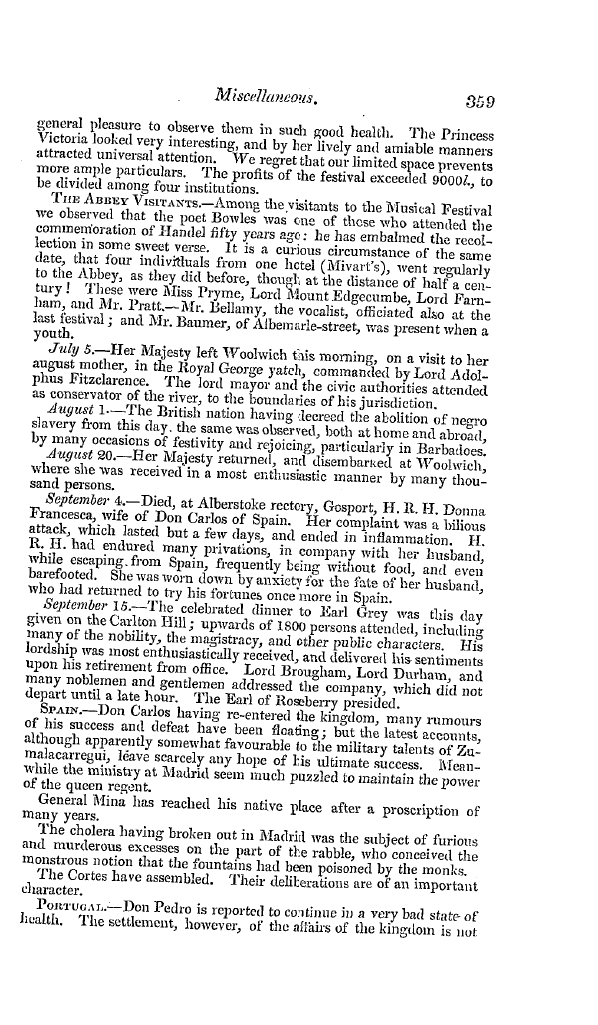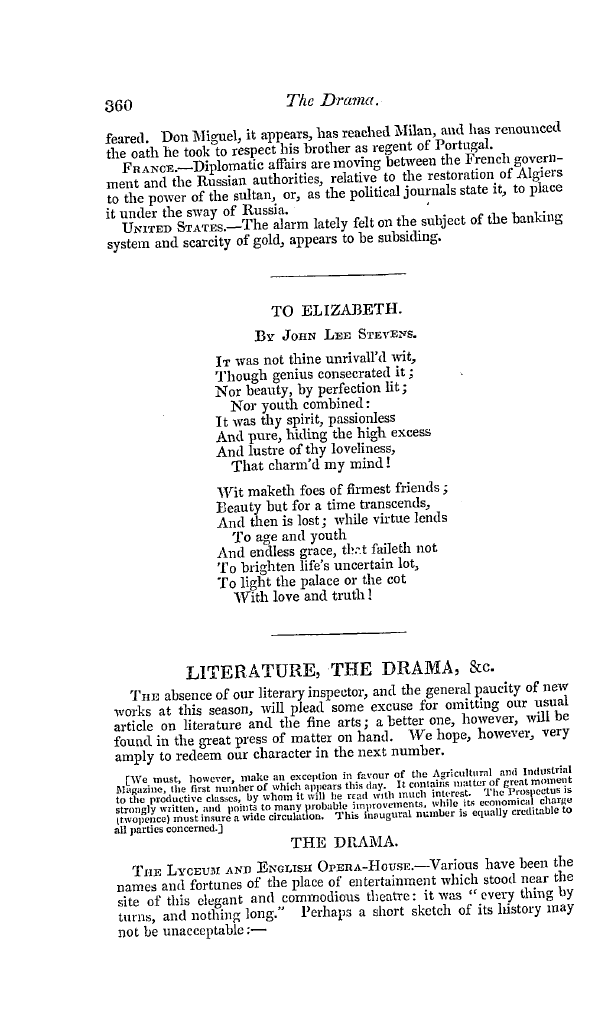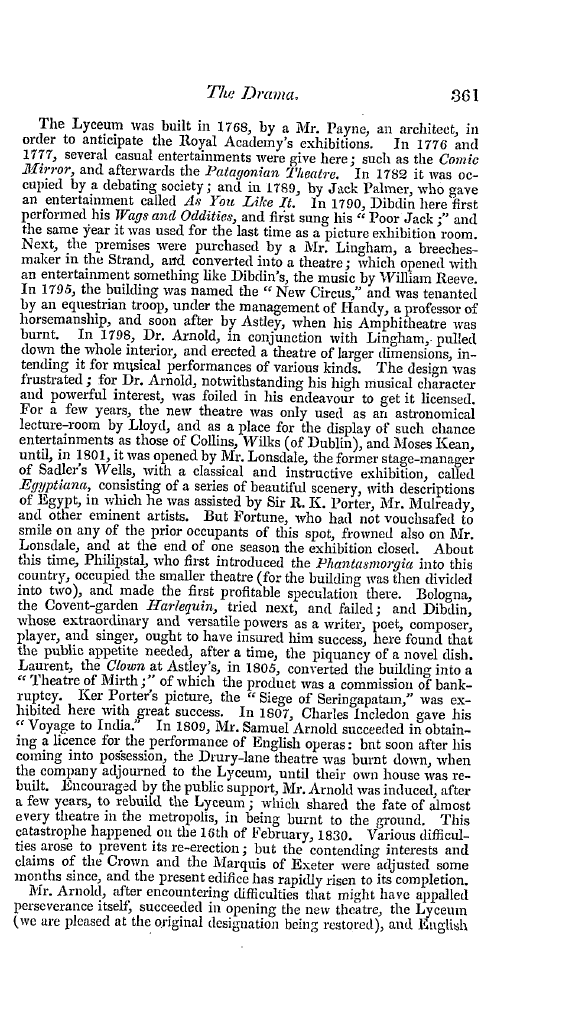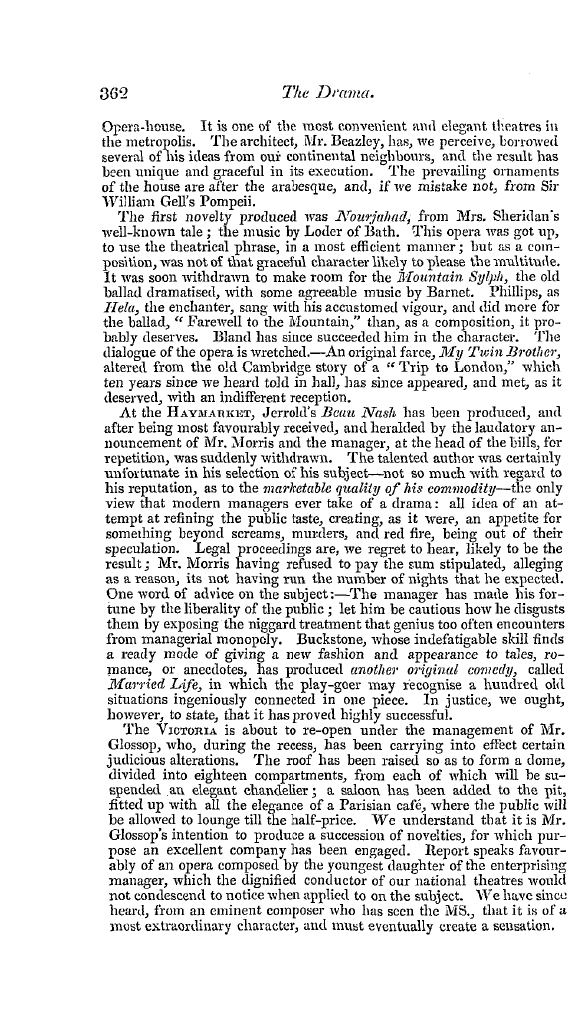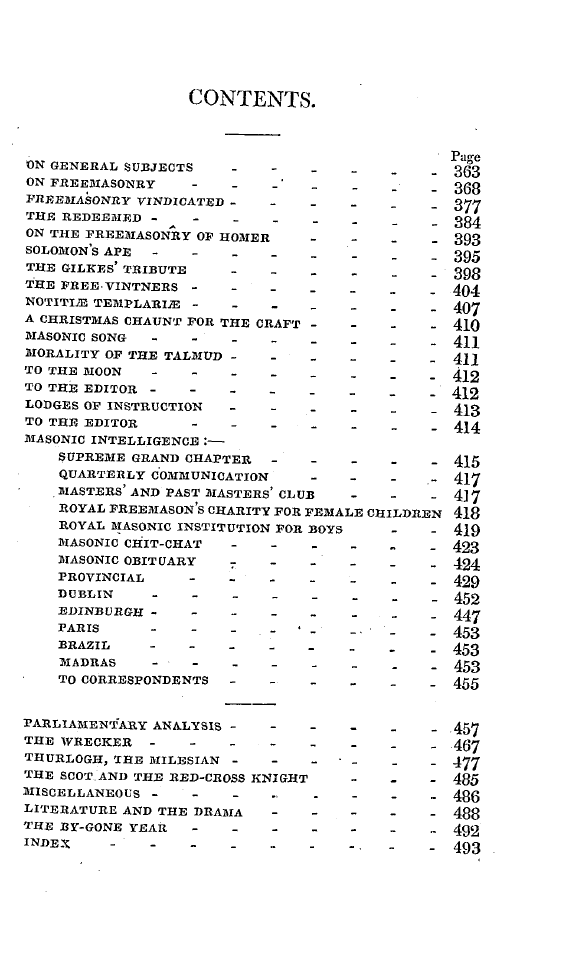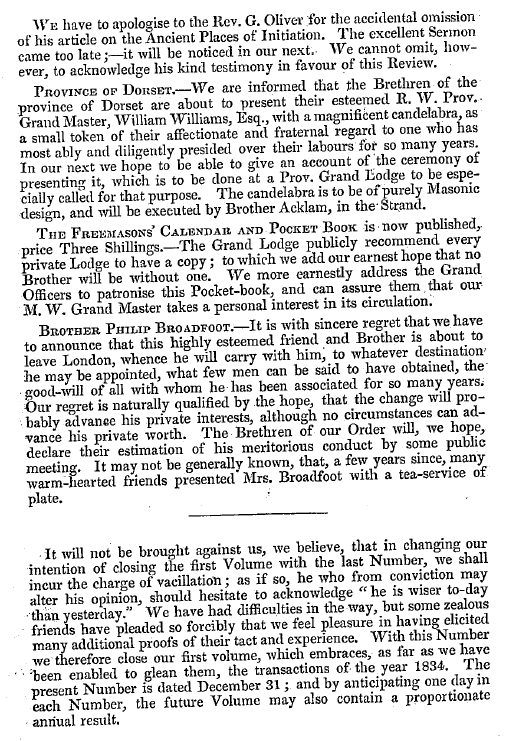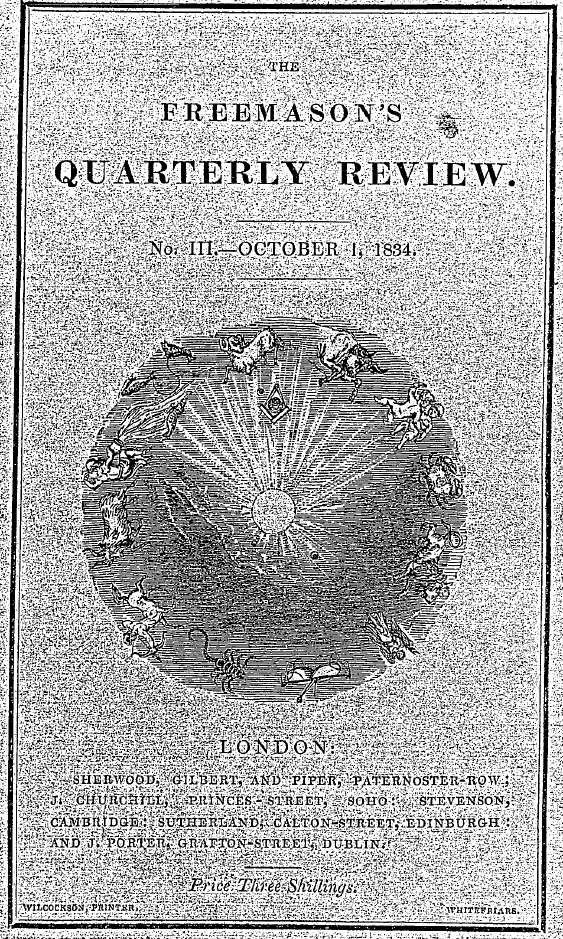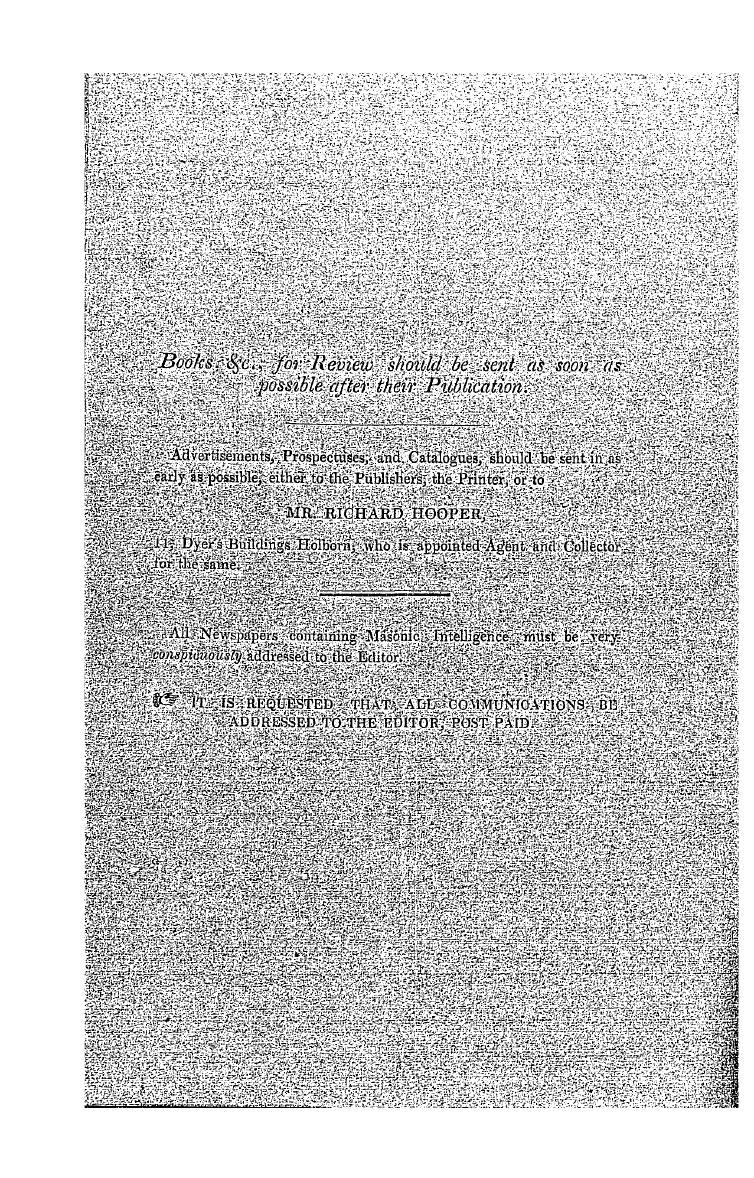-
Articles/Ads
Article LITERATURE, THE DRAMA, &c. ← Page 2 of 3 →
Note: This text has been automatically extracted via Optical Character Recognition (OCR) software.
Literature, The Drama, &C.
The Lyceum was built in 1768 , by a Mr . Payne , an architect , in order to anticipate the Royal Academy ' s exhibitions . In 1776 and 1777 , several casual entertainments were give here ; such as the Comic Mirror , and afterwards the Patagonian Theatre . In 1782 it was occupied by a debating society ; and in 1789 , by Jack Palmer , who gave an entertainment called As You Like It . In 1790 , Dibdin here first performed his Wags and Oddities and first his " Poor Jack " and
, sung ; the same year it was used for the last time as a picture exhibition room . Next , the premises were purchased b y a Mr . Lingham , a breechesmaker in the Strand , aitd converted into a theatre ; which opened with an entertainment something like Dibdin ' s , the music by William Reeve . In 1795 , the building was named the "New Circus , " and was tenanted by an equestrian troop , under the management of Handy , a professor of horsemanship , and soon after bAstleywhen his Amphitheatre
y , was burnt . In 1798 , Dr . Arnold , in conjunction with Lingham , pulled down the ivhole interior , and erected a theatre of larger dimensions , intending it for musical performances of various kinds . The design was frustrated ; for Dr . Arnold , notwithstanding his high musical character and powerful interest , was foiled in his endeavour to get it licensed . For a few years , the new theatre was only used as an astronomical lecture-room b y Lloydand as a lace for the display of such chance
, p entertainments as those of Collins , Wilks ( of Dublin ) , and Moses Kean , until , in 1801 , it was opened by Mr . Lonsdale , the former stage-manager of Sadler ' s Wells , with a classical and instructive exhibition , called Egyptiana , consisting of a series of beautiful scenery , with descriptions of Egypt , in wliich he was assisted by Sir R . K . Porter , Mr . Mulready , and other eminent artists
. But Fortune , who had not vouchsafed to smile on any of the prior occupants of this spot , frowned also on Mr . Lonsdale , and at the end of one season the exhibition closed . About this time , Philipstal , who first introduced the Phantasmorgia into this country , occupied the smaller theatre ( for the building was then divided into two ) , and made the first profitable speculation there . Bologna , the Covent-garden Harlequin , tried next , and failed ; and Dibdin , ivhose and versatile
extraordinary poivers as a writer , poet , composer , player , and singer , ought to have insured Mm success , here found that the public appetite needed , after a time , the piquancy of a novel dish . Laurent , the Clown at Astley ' s , in 1805 , converted the building into a " Theatre of Mirth ; " of which the product was a commission of bankruptcy . Ker Porter ' s picture , the " Siege of Seringapatam , " was exhibited here with great success . In 1807 , Charles Ineledon gave his to India" 1809
" Voyage . In , Mr . Samuel Arnold succeeded in obtaining a licence for the performance of English operas : bnt soon after his coming into possession , the Drury-lane theatre was burnt down , when the company adjourned to the Lyceum , until their own house was rebuilt . Encouraged by the public support , Mr . Arnold was induced , after a few years , to rebuild the L yceum ; which shared the fate of almost every theatre m the metropolisin being burnt to the groundThis
, . catastrophe happened ou the 16 th of February , 1830 . Various difficulties arose to prevent its re-erection ; but the contending interests and claims of the Crown and the Marquis of Exeter were adjusted some months since , ancl the present edifice has rapidly risen to its completion . Mr . Arnold , after encountering difficulties that might have appalled perseverance itself ; succeeded in opening the new theatre , the Lyceum ( we are pleased at the original designation bein- ; restored ) , and English
Note: This text has been automatically extracted via Optical Character Recognition (OCR) software.
Literature, The Drama, &C.
The Lyceum was built in 1768 , by a Mr . Payne , an architect , in order to anticipate the Royal Academy ' s exhibitions . In 1776 and 1777 , several casual entertainments were give here ; such as the Comic Mirror , and afterwards the Patagonian Theatre . In 1782 it was occupied by a debating society ; and in 1789 , by Jack Palmer , who gave an entertainment called As You Like It . In 1790 , Dibdin here first performed his Wags and Oddities and first his " Poor Jack " and
, sung ; the same year it was used for the last time as a picture exhibition room . Next , the premises were purchased b y a Mr . Lingham , a breechesmaker in the Strand , aitd converted into a theatre ; which opened with an entertainment something like Dibdin ' s , the music by William Reeve . In 1795 , the building was named the "New Circus , " and was tenanted by an equestrian troop , under the management of Handy , a professor of horsemanship , and soon after bAstleywhen his Amphitheatre
y , was burnt . In 1798 , Dr . Arnold , in conjunction with Lingham , pulled down the ivhole interior , and erected a theatre of larger dimensions , intending it for musical performances of various kinds . The design was frustrated ; for Dr . Arnold , notwithstanding his high musical character and powerful interest , was foiled in his endeavour to get it licensed . For a few years , the new theatre was only used as an astronomical lecture-room b y Lloydand as a lace for the display of such chance
, p entertainments as those of Collins , Wilks ( of Dublin ) , and Moses Kean , until , in 1801 , it was opened by Mr . Lonsdale , the former stage-manager of Sadler ' s Wells , with a classical and instructive exhibition , called Egyptiana , consisting of a series of beautiful scenery , with descriptions of Egypt , in wliich he was assisted by Sir R . K . Porter , Mr . Mulready , and other eminent artists
. But Fortune , who had not vouchsafed to smile on any of the prior occupants of this spot , frowned also on Mr . Lonsdale , and at the end of one season the exhibition closed . About this time , Philipstal , who first introduced the Phantasmorgia into this country , occupied the smaller theatre ( for the building was then divided into two ) , and made the first profitable speculation there . Bologna , the Covent-garden Harlequin , tried next , and failed ; and Dibdin , ivhose and versatile
extraordinary poivers as a writer , poet , composer , player , and singer , ought to have insured Mm success , here found that the public appetite needed , after a time , the piquancy of a novel dish . Laurent , the Clown at Astley ' s , in 1805 , converted the building into a " Theatre of Mirth ; " of which the product was a commission of bankruptcy . Ker Porter ' s picture , the " Siege of Seringapatam , " was exhibited here with great success . In 1807 , Charles Ineledon gave his to India" 1809
" Voyage . In , Mr . Samuel Arnold succeeded in obtaining a licence for the performance of English operas : bnt soon after his coming into possession , the Drury-lane theatre was burnt down , when the company adjourned to the Lyceum , until their own house was rebuilt . Encouraged by the public support , Mr . Arnold was induced , after a few years , to rebuild the L yceum ; which shared the fate of almost every theatre m the metropolisin being burnt to the groundThis
, . catastrophe happened ou the 16 th of February , 1830 . Various difficulties arose to prevent its re-erection ; but the contending interests and claims of the Crown and the Marquis of Exeter were adjusted some months since , ancl the present edifice has rapidly risen to its completion . Mr . Arnold , after encountering difficulties that might have appalled perseverance itself ; succeeded in opening the new theatre , the Lyceum ( we are pleased at the original designation bein- ; restored ) , and English










































